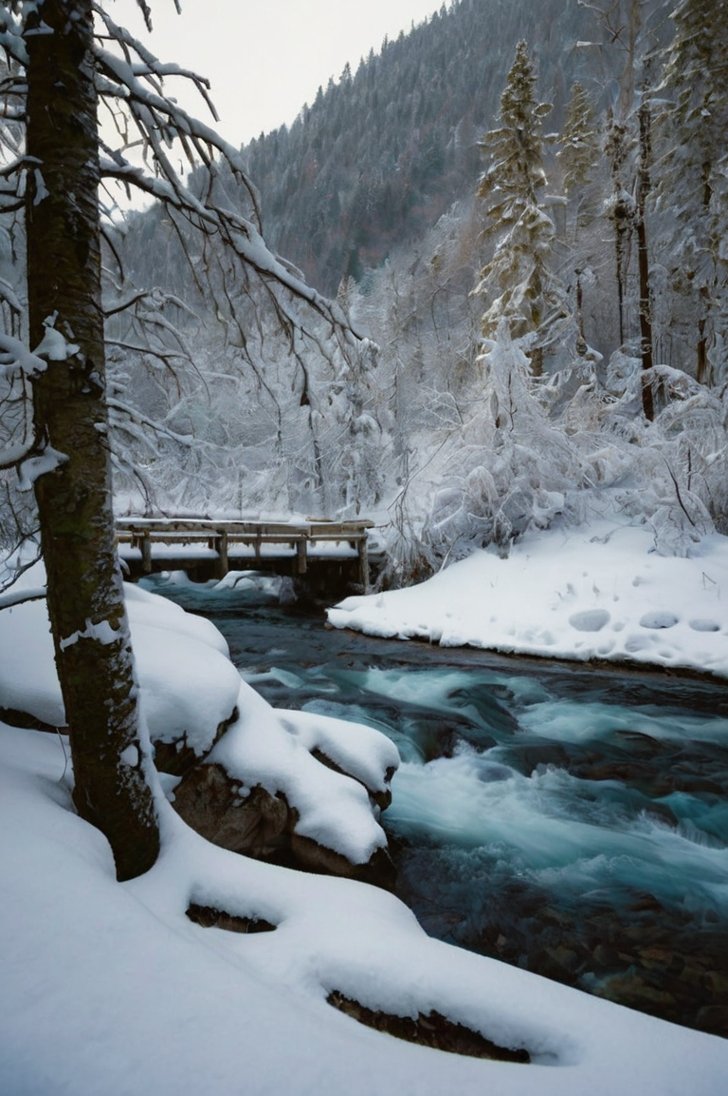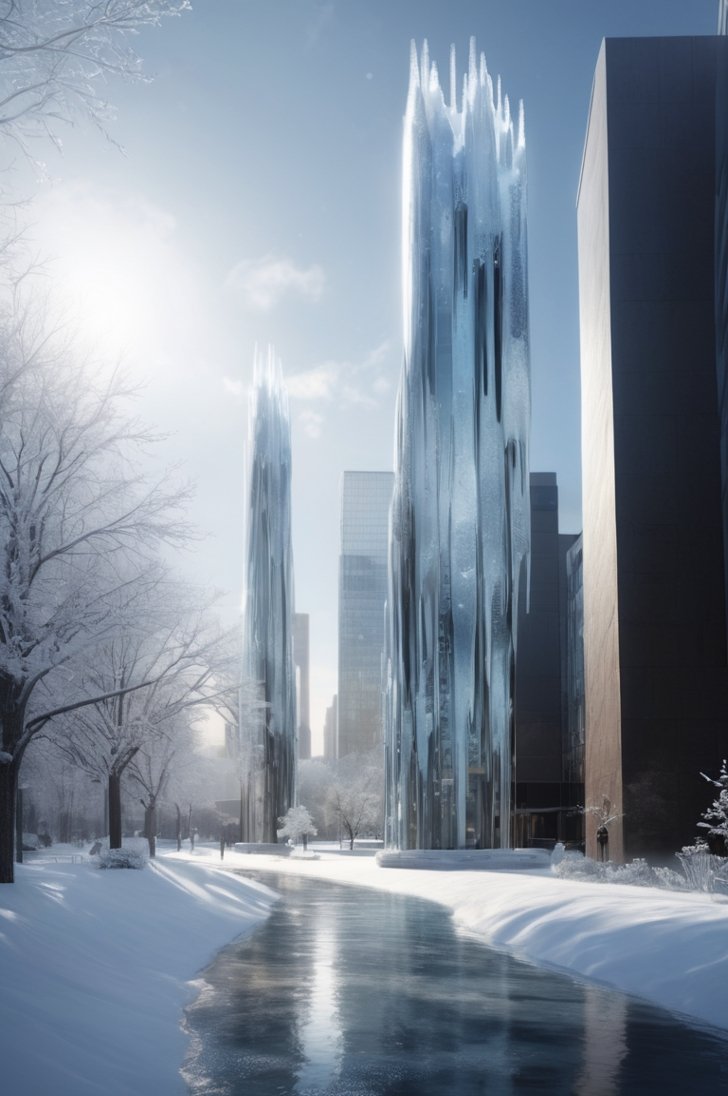Capturing the Magic of Snow: A Winter Landscape Photography Guide
January 29, 2025 | by alwaled
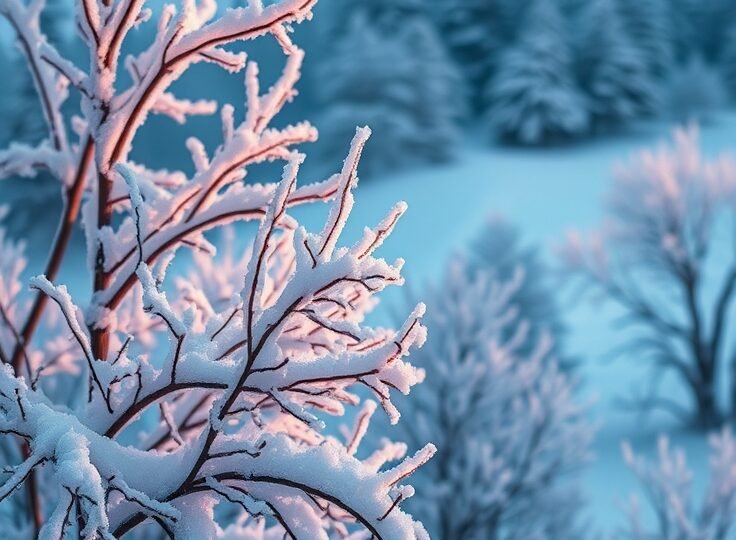
Introduction to Winter Landscape Photography
Winter landscape photography presents a distinctive opportunity for photographers to showcase the enchanting beauty of nature blanketed in snow. The pristine white expanses, juxtaposed with the deep colors of winter flora and the striking silhouettes of trees, create visually arresting compositions that can invoke deep emotions. This genre of photography invites both novice and seasoned photographers to explore a serene yet often challenging environment, where each shot can tell a story of tranquility and elegance.
One of the most compelling aspects of winter photography is the unique atmosphere it encapsulates. The crisp air, the soft light reflected off the snow, and the intricate details of frost on branches contribute to a sense of calm and solitude, making it an appealing subject for many artists. Photographers often find that winter landscapes can evoke feelings of nostalgia and warmth despite the cold, often reminding viewers of childhood memories filled with snowy adventures. These emotional connections can be powerful, turning a simple image into a rich tapestry of shared experiences.
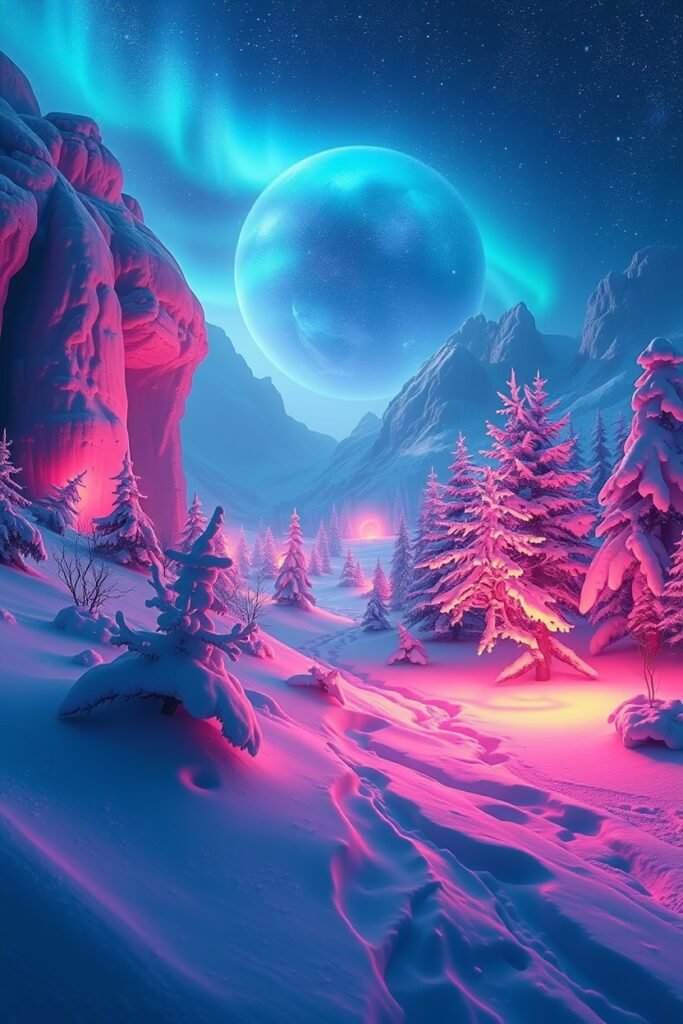
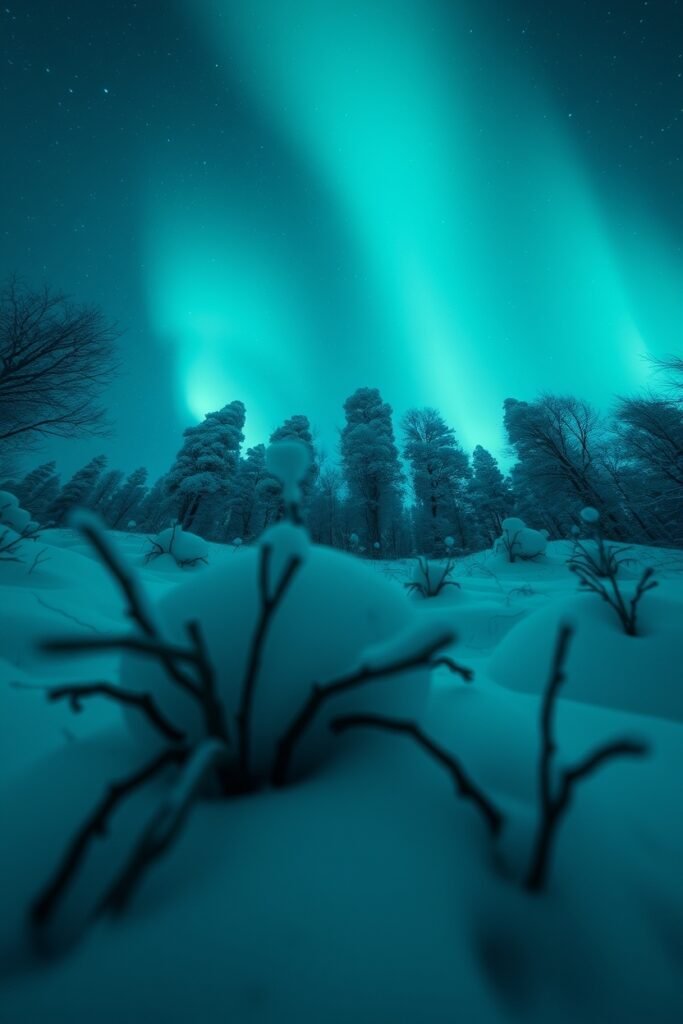
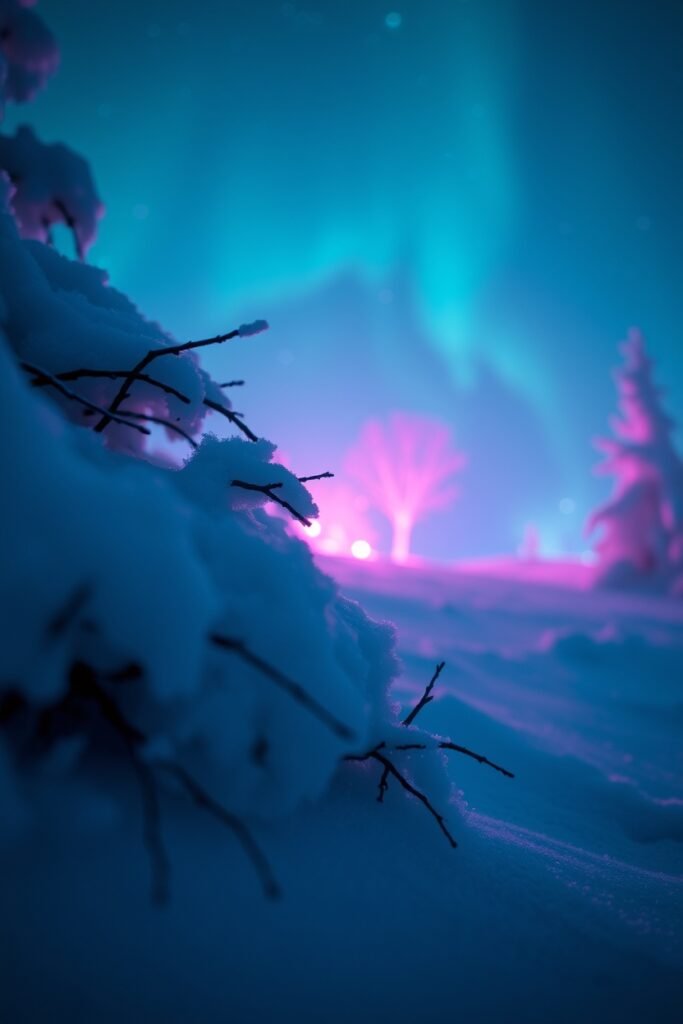
However, capturing the magic of snowy scenes comes with its own set of challenges. Photographers must contend with lower light conditions, which can affect exposure settings and require a greater understanding of their camera’s capabilities. Cold temperatures pose another obstacle, with potential impacts on equipment performance and the photographer’s own comfort. Understanding how to adapt to these environmental factors is essential for producing high-quality winter images. Ensuring proper exposure, managing white balance, and creatively utilizing the winter light are crucial techniques that help in creating stunning compositions.
As photographers venture into winter landscapes, they should also be aware of the unique aesthetic elements that can enhance their imagery. The interplay of shadow and light, the texture of snow, and the contrasting hues of evergreen trees all play significant roles in crafting visually compelling photographs. With the right approach and mindset, winter landscape photography can transform a simple snow-covered scene into an extraordinary visual experience.
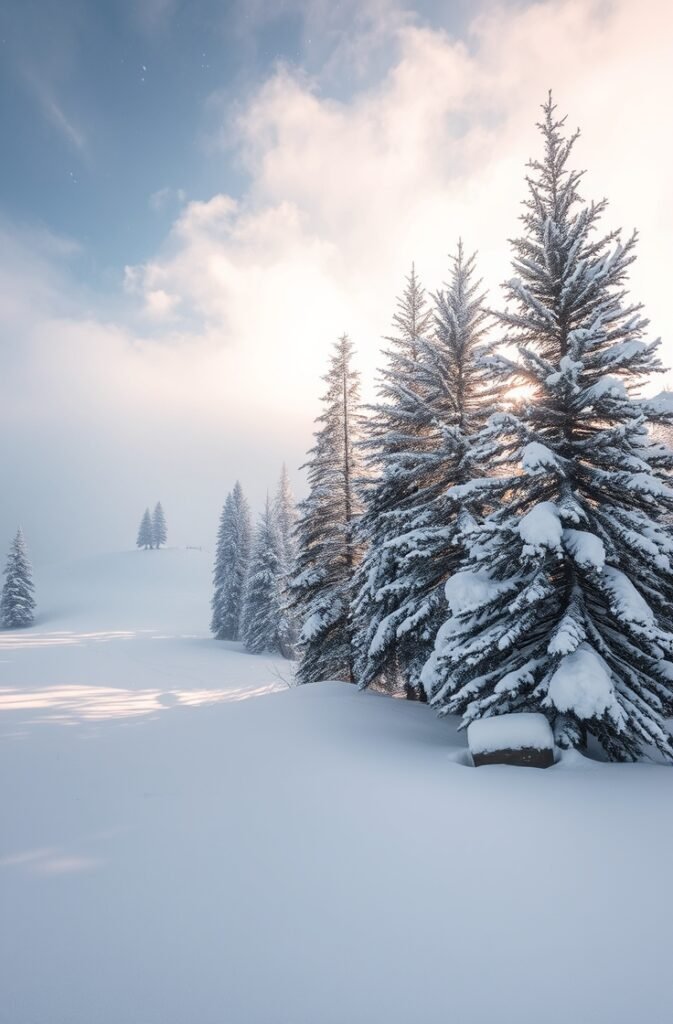
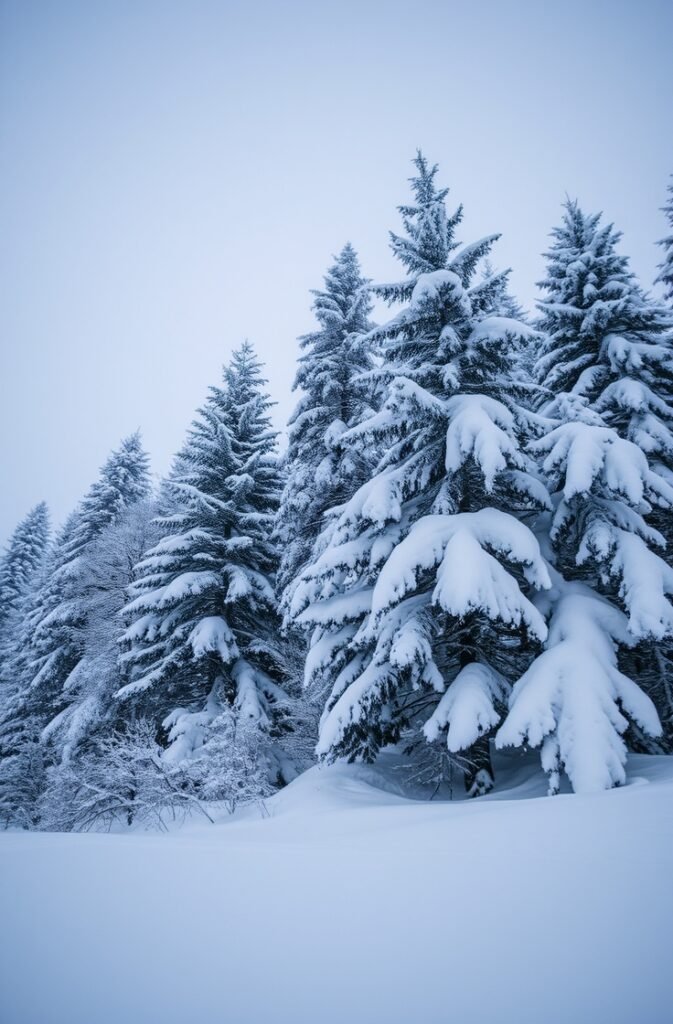
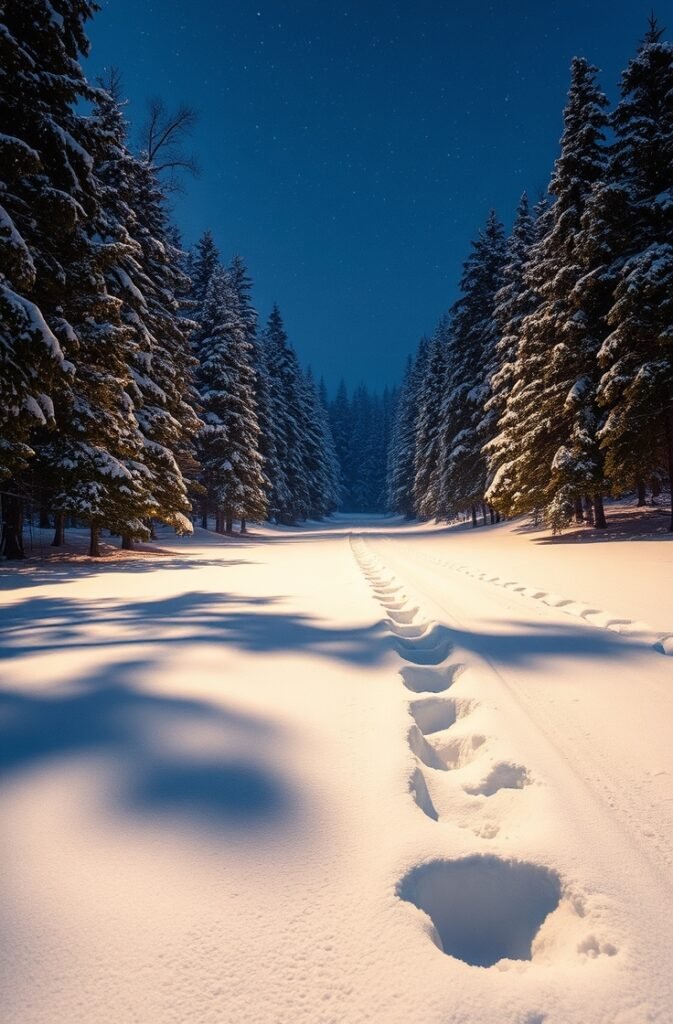
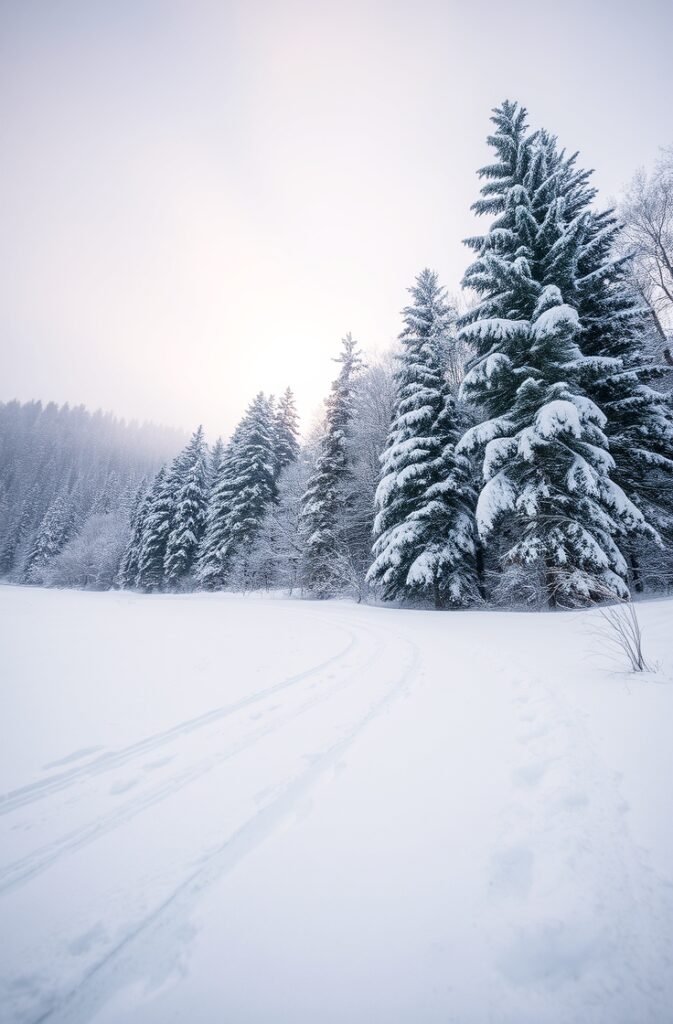
Essential Gear for Winter Photography
When embarking on winter landscape photography, having the right gear can significantly influence the quality of your images. The first consideration is the camera body; both DSLRs and mirrorless cameras are excellent choices. DSLRs provide durability and a robust build, while mirrorless options are lighter and more compact, making them easier to manage in cold conditions. Choose a camera with good low-light performance to capture those stunning winter evenings, as light can be limited during this season.
Next, lenses play a crucial role in achieving desired effects. A versatile zoom lens, such as an 18-55mm or a 24-70mm, can be perfect for capturing a wide range of scenes from expansive snowy landscapes to intricate details of frost-laden branches. A prime lens with a wider aperture, like a 50mm f/1.8, can also be beneficial for low-light conditions, allowing for better capture of the beauty of winter dusk.
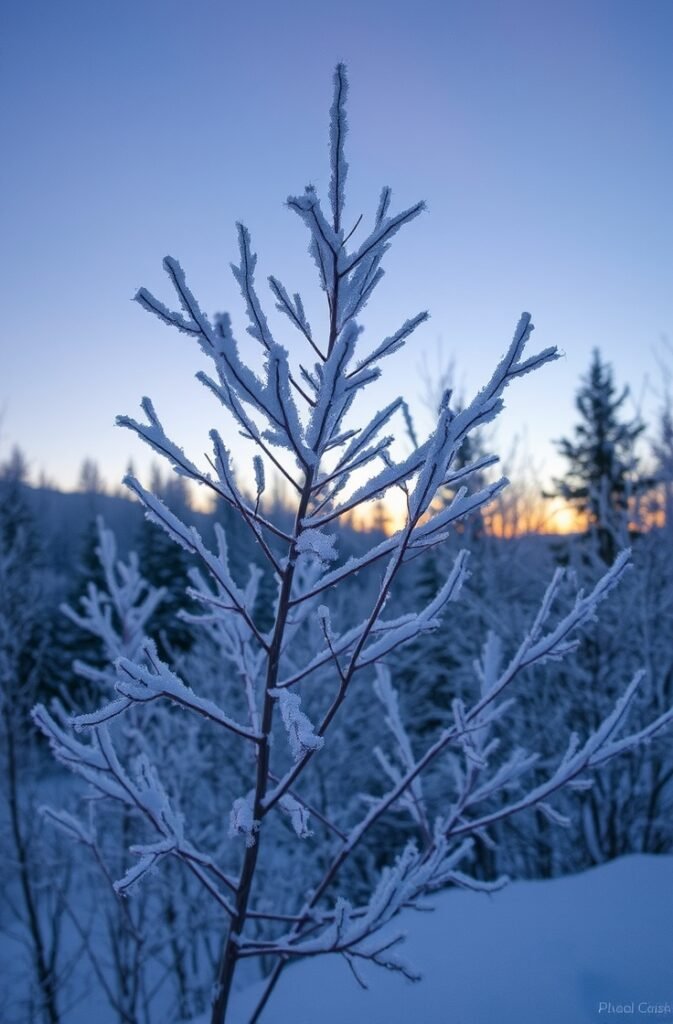
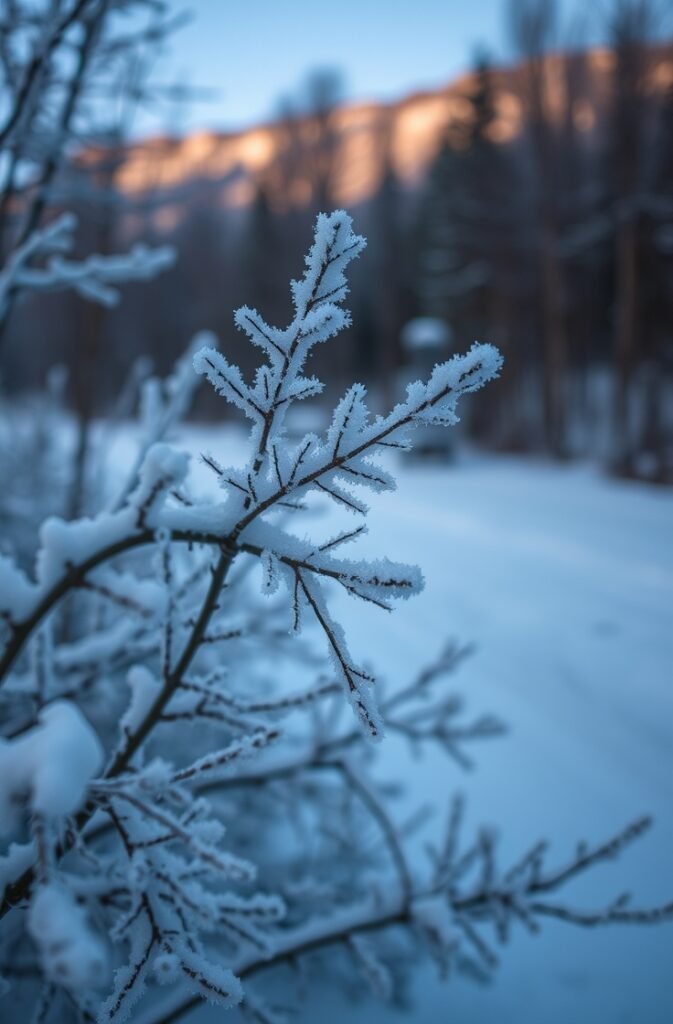
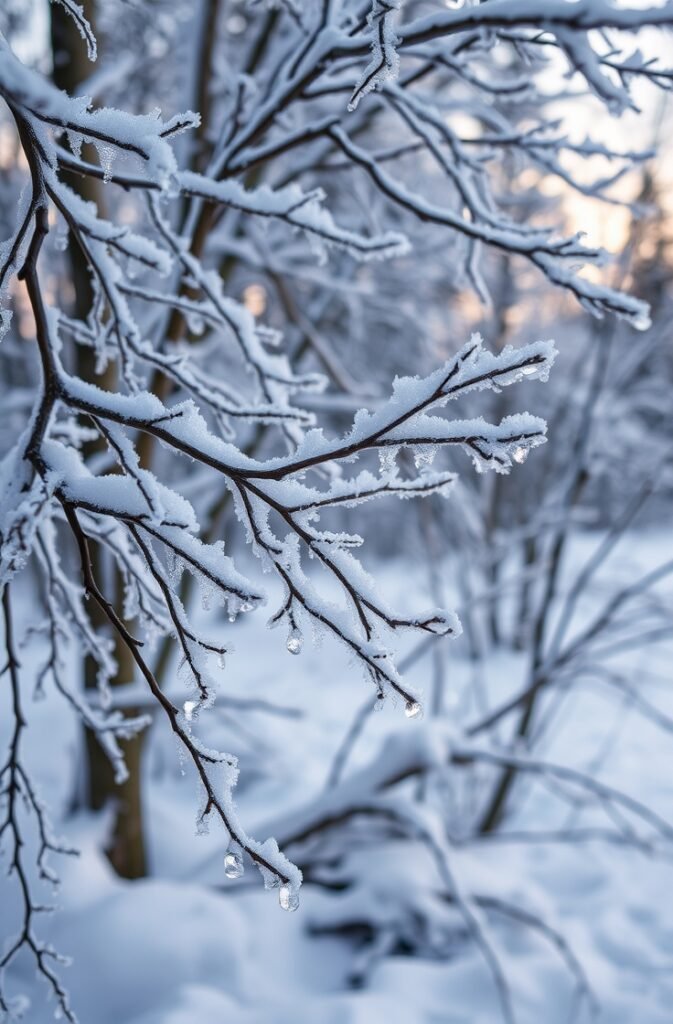
Tripods are indispensable for winter photography, especially when taking long exposures or shooting in low light. A stable tripod can prevent camera shake and offer better control when framing landscapes. Look for a tripod that is not only sturdy but also has a head that can withstand cold temperatures, preventing it from freezing or becoming difficult to manipulate.
Accessories are equally vital for enhancing your winter photography experience. Weather protection gear, such as rain covers for your camera and lens, safeguards against snow and moisture. Additionally, thermal clothing and hand warmers will keep you comfortable during prolonged shoots in cold weather. Investing in quality gloves designed for photographers will allow you to adjust settings without exposing your hands to cold temperatures.
Overall, equipping yourself with the essential gear for winter photography ensures that you’re well-prepared to capture the enchanting beauty of snow-covered landscapes, turning fleeting moments into stunning images.
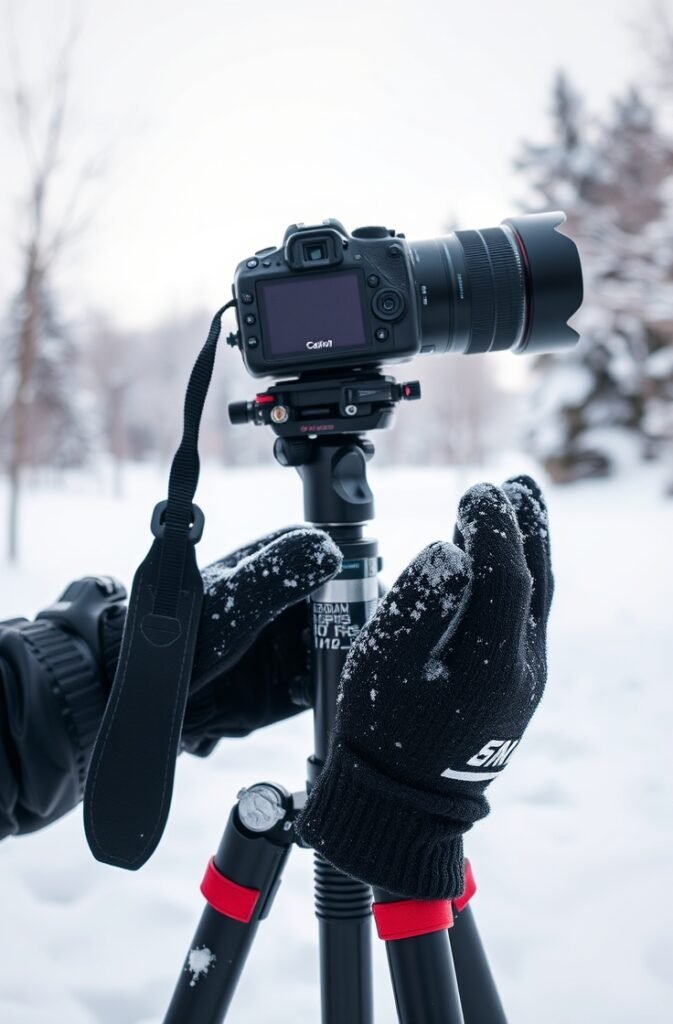
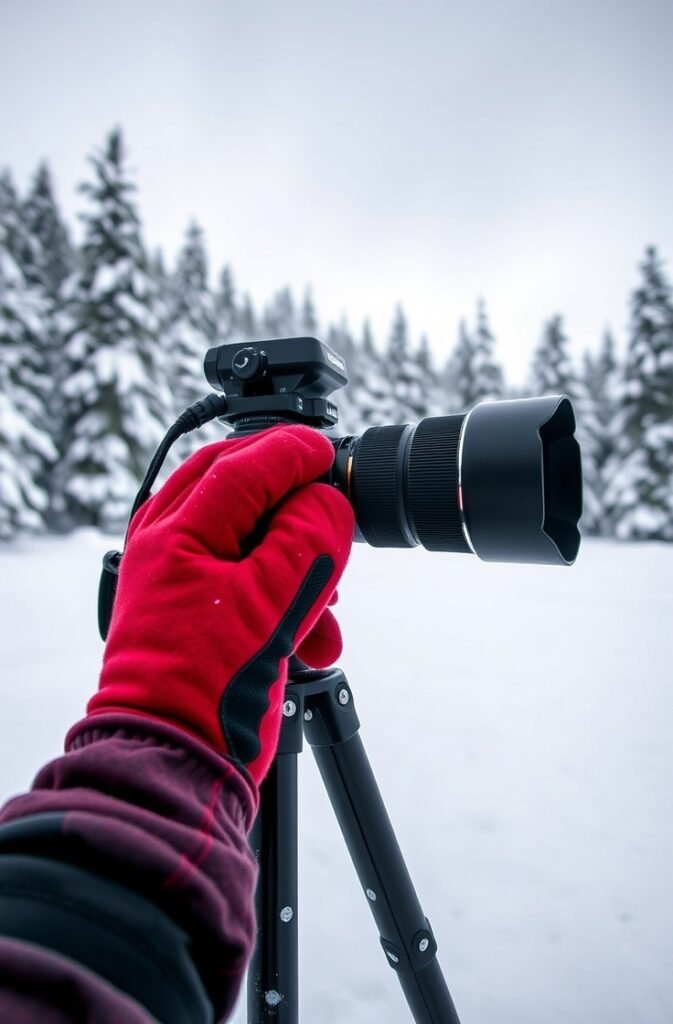
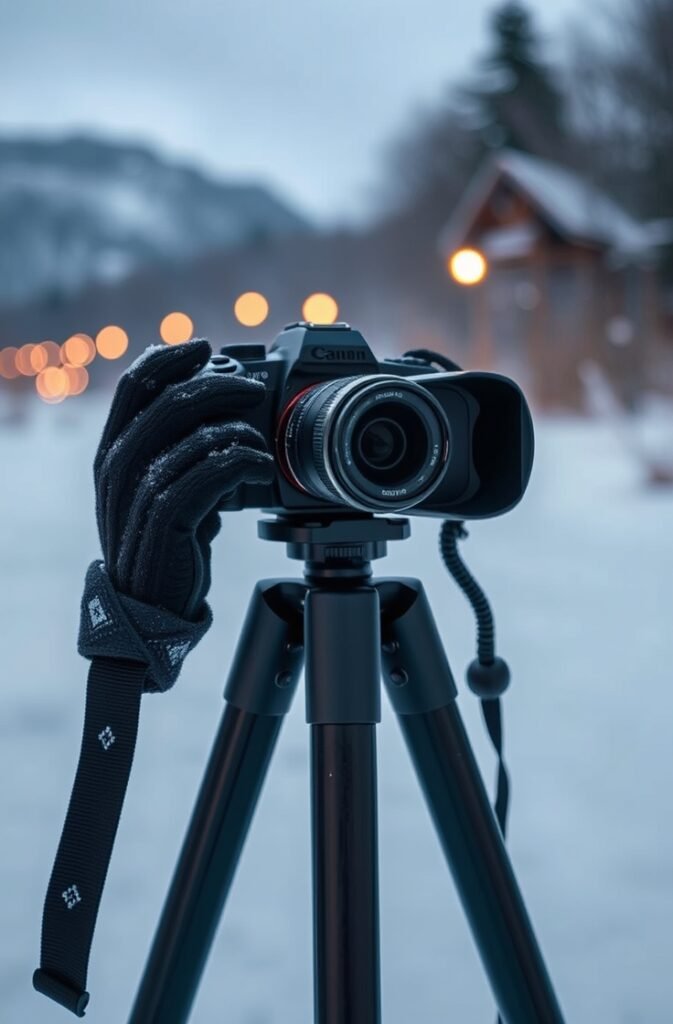
Understanding Light in Winter Photography
Natural light plays a pivotal role in photography, particularly in winter landscapes where the interplay of light and snow creates captivating visual effects. Photographers must be keenly aware of how light varies throughout the day, especially during the golden hour—shortly after sunrise and just before sunset. During these times, the light takes on a warm, soft glow, enhancing the beauty of snow-covered scenery. The gentle illumination brings out the textures of the snow, making it appear luminous while simultaneously casting long, dramatic shadows.
The angle of light is another critical factor to consider when photographing winter landscapes. The position of the sun determines how shadows are cast across the snow, which can add depth and dimension to your images. For instance, shooting with the light at your back can accentuate foreground elements like icy branches or frosted ground. Conversely, front-lighting can convey a sense of serenity in broad, flat snowy expanses but may also wash out key details.
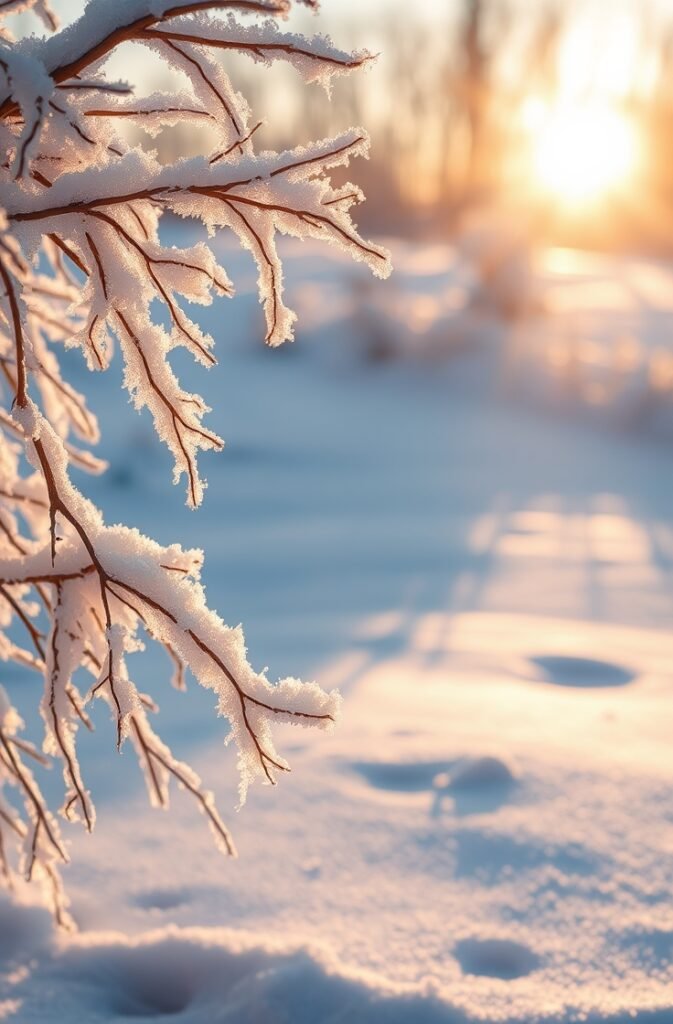
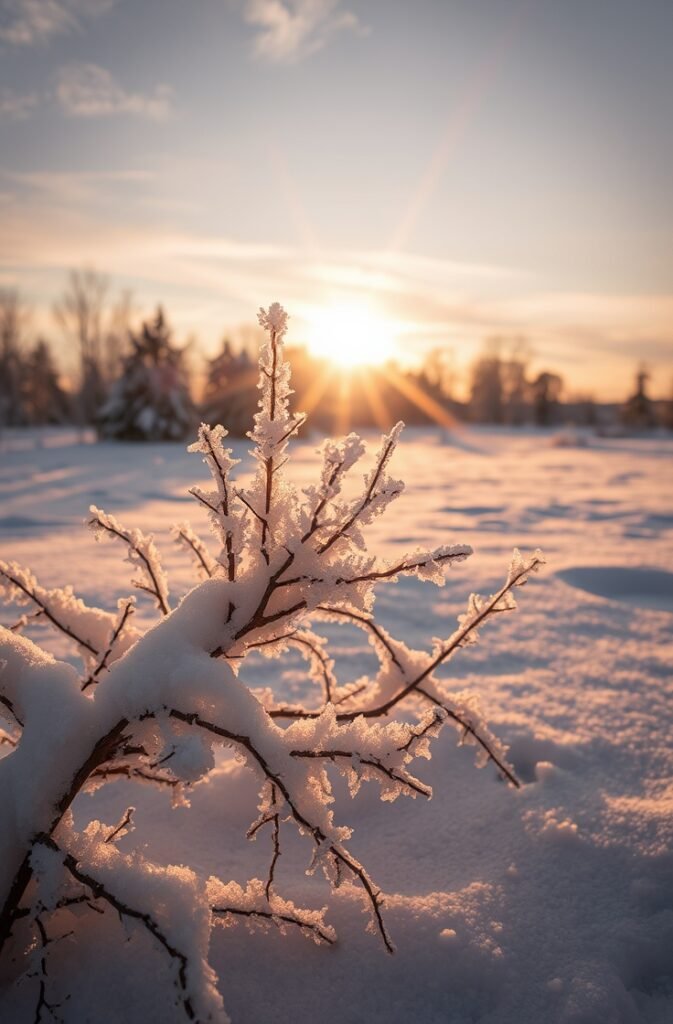
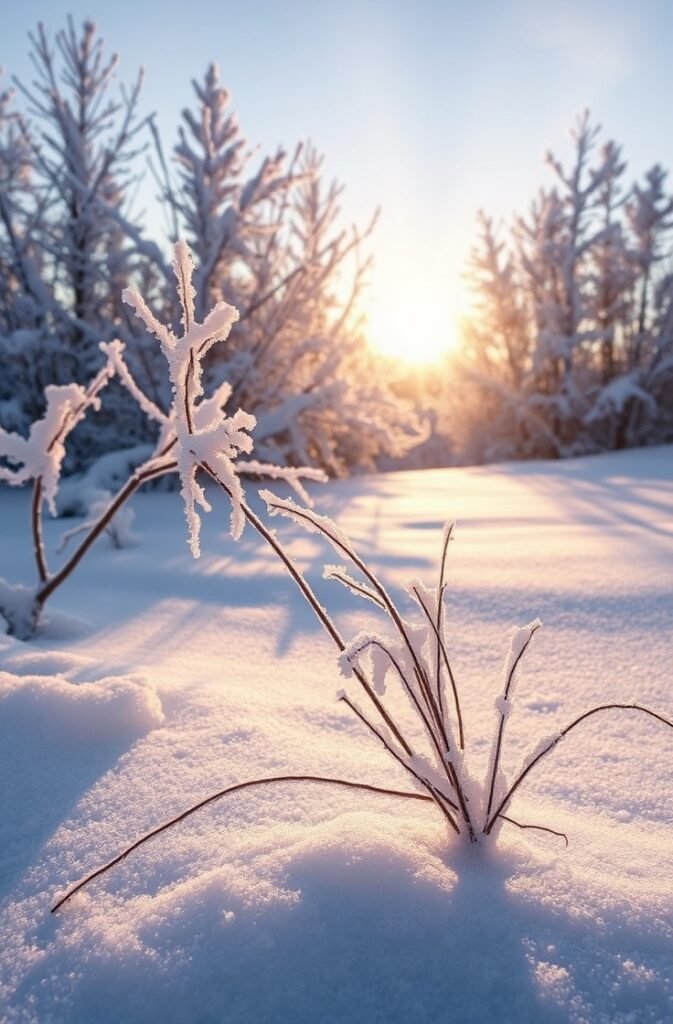
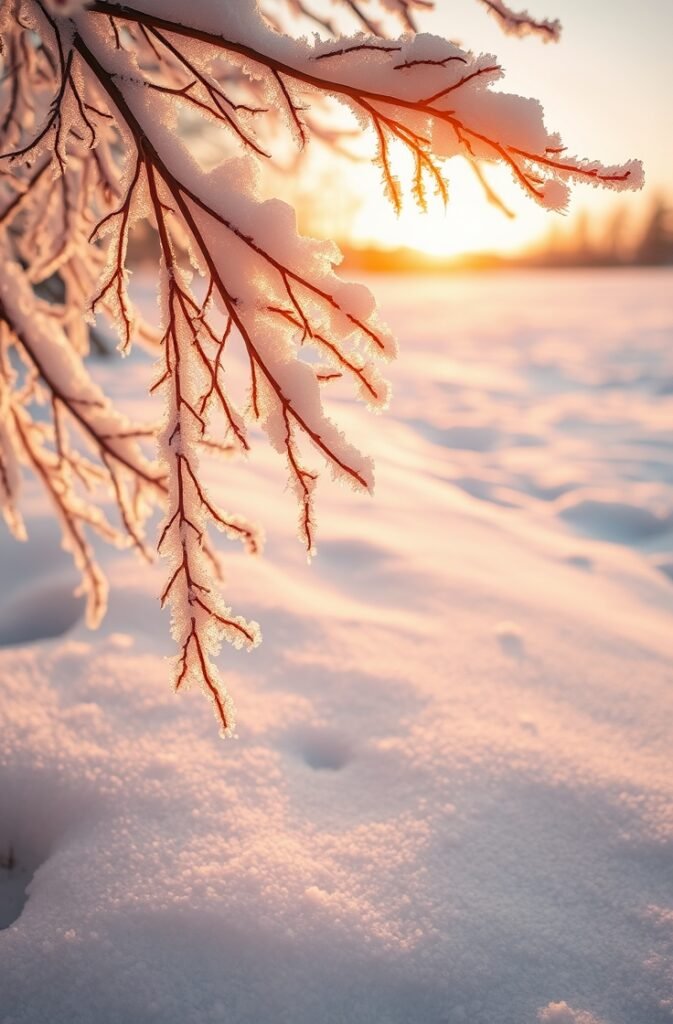
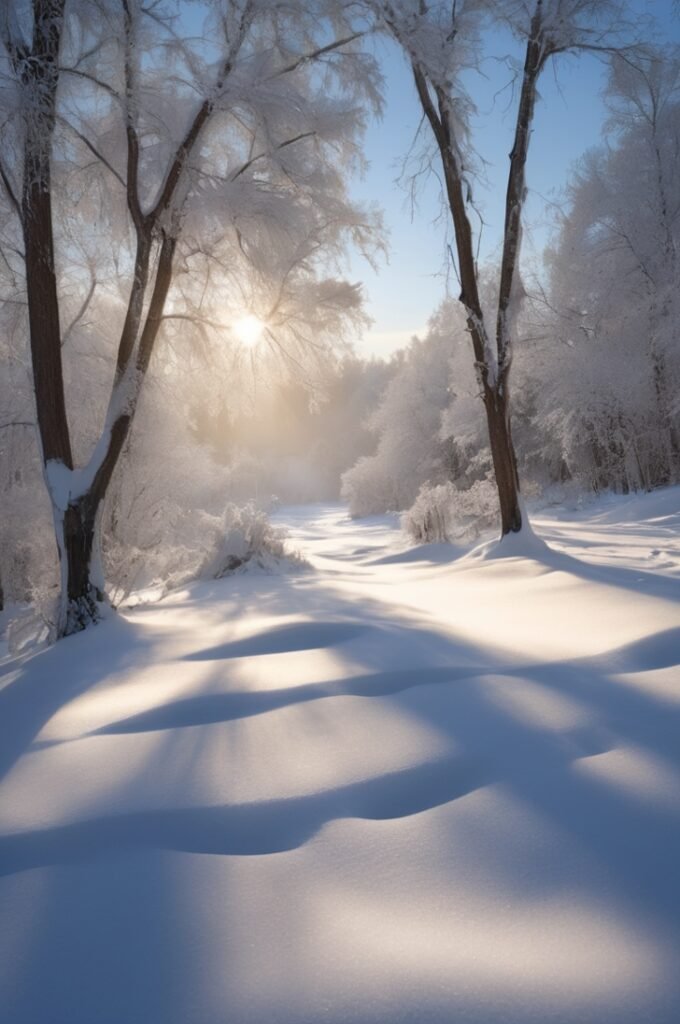
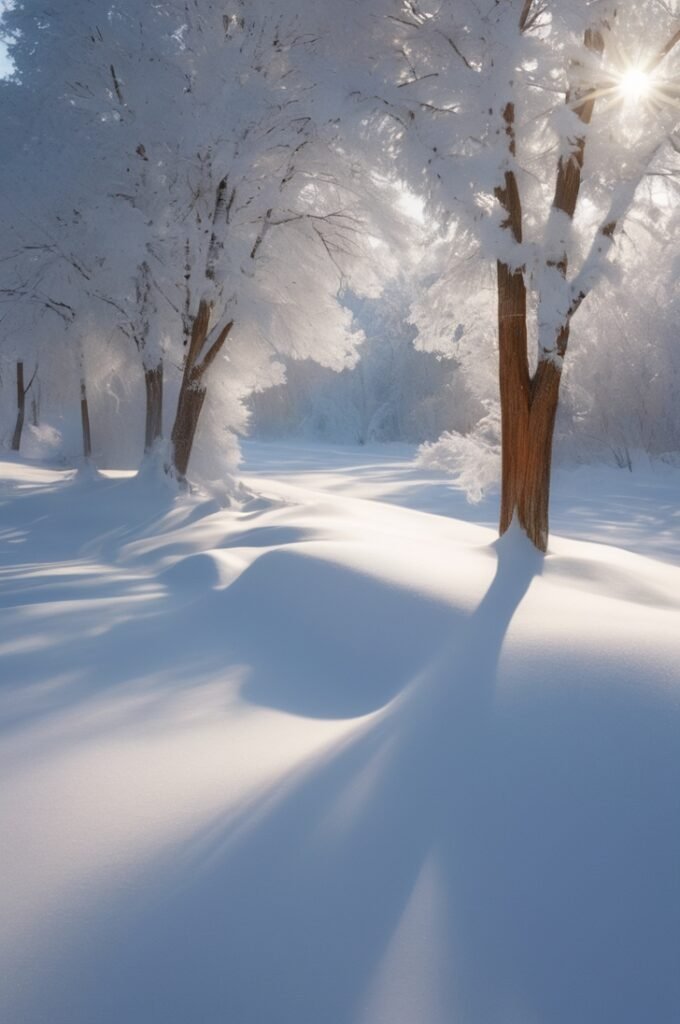
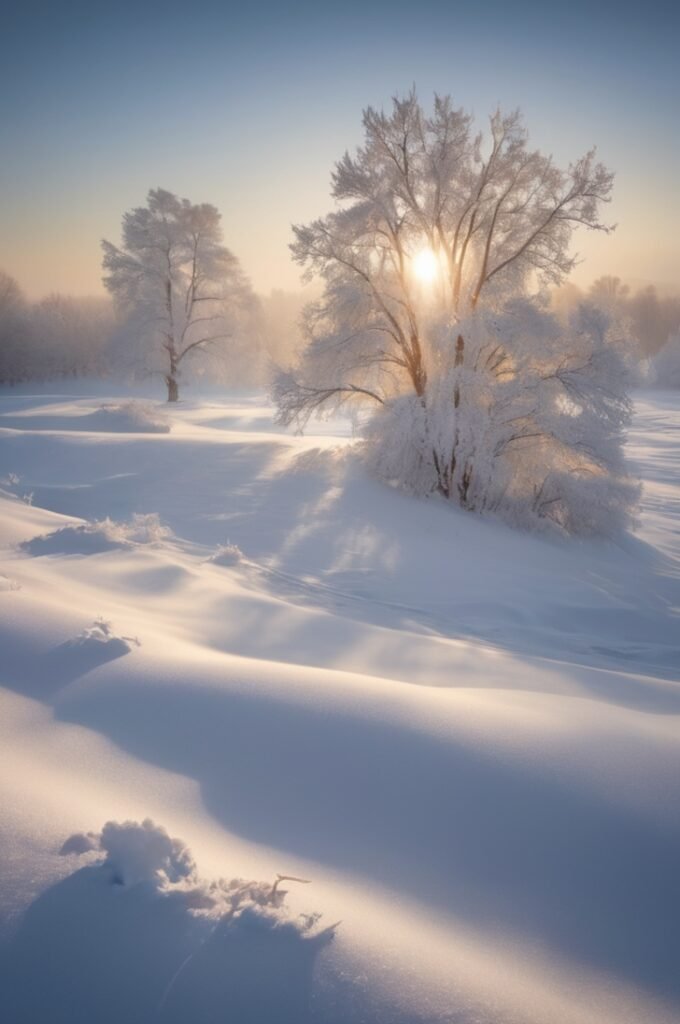
Furthermore, snow itself has unique reflective properties that can enhance or alter the perceived strength and color of surrounding light. Freshly fallen snow reflects a significant amount of light, often resulting in bright highlights and reduced contrast. This can lead to underexposed highlights in photographs. Understanding how to manage exposure settings is essential; utilizing exposure compensation can help photographers capture optimal details without losing the luminous quality of the snow.
It is also important to be aware of how weather conditions influence light. Overcast days may produce softer, diffused light, resulting in a more muted color palette. While this can limit bright reflections, it provides excellent conditions for capturing subtle textures and intricate details. By mastering how to work with various lighting scenarios, photographers can greatly enhance their winter photography, ultimately capturing the enchanting magic of snowy landscapes.
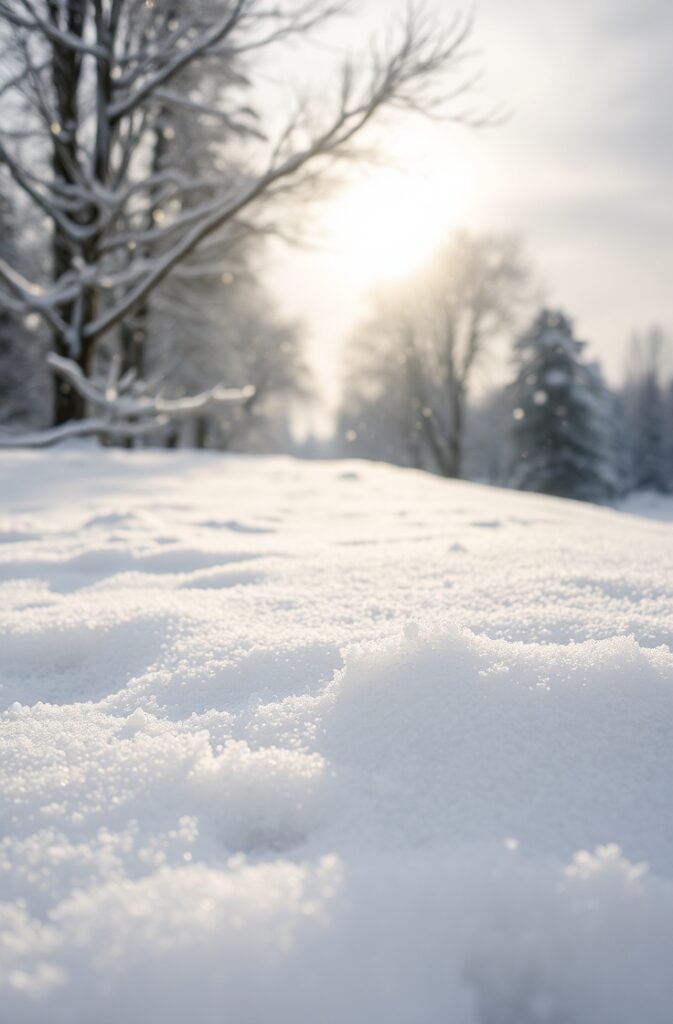
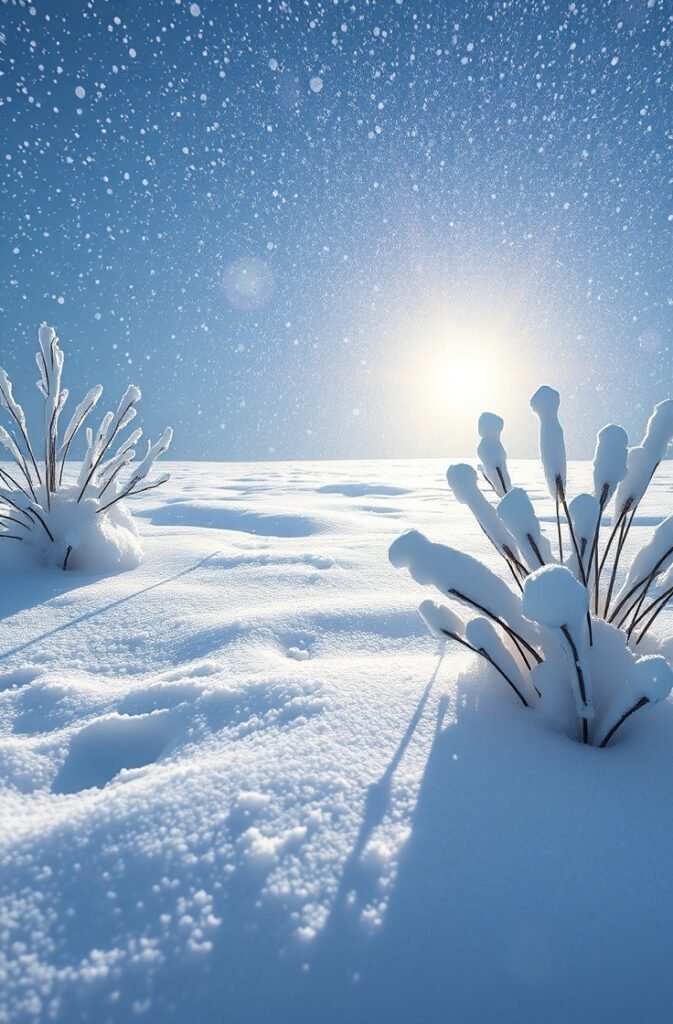
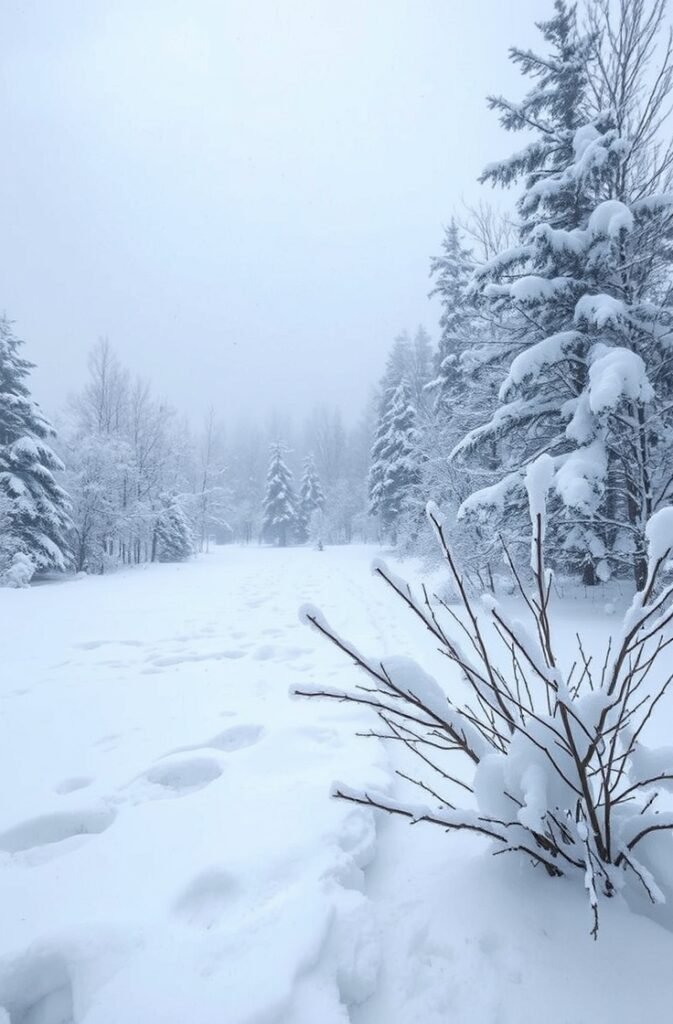
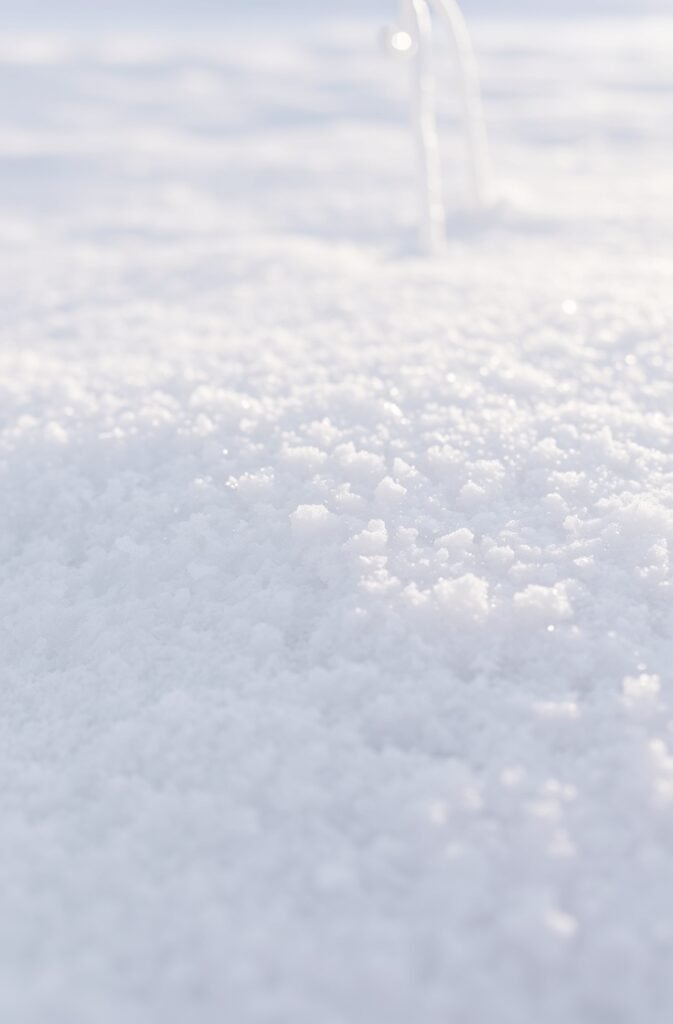

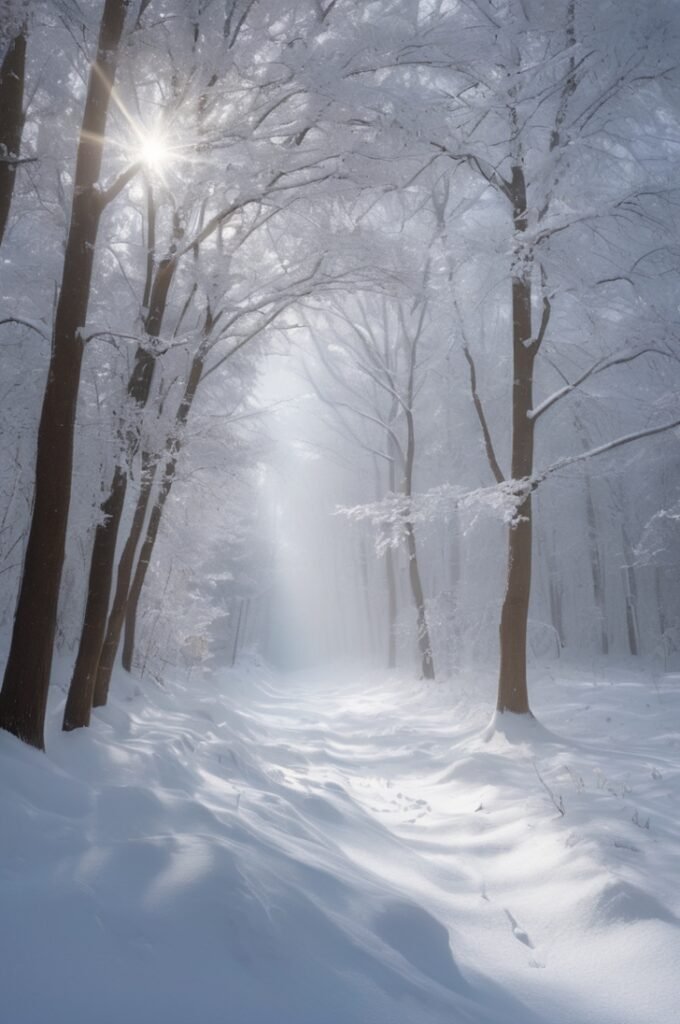
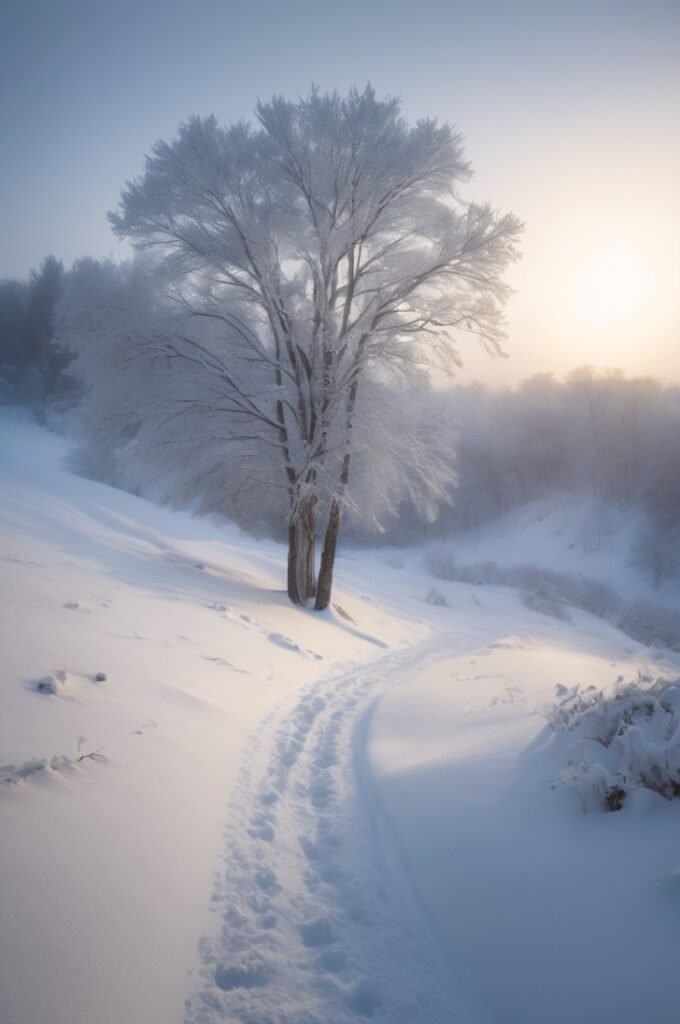
Composition Techniques for Snowy Landscapes
When it comes to snowy landscapes, effective composition techniques play a crucial role in creating visually arresting images. One of the foundational concepts in photography is the rule of thirds. This technique involves dividing the frame into nine equal sections using two vertical and two horizontal lines. By placing key elements along these lines or their intersections, photographers can create a balanced and engaging image. In a winter scene, positioning a snow-covered tree or an icy path along these lines can draw a viewer’s eye through the composition, emphasizing the beauty of the snowy landscape.
Another effective technique for snowy landscapes is the use of leading lines. These lines can guide the viewer’s gaze through the photograph and can take many forms, such as a snow-covered path winding through the trees, or the edge of a frozen lake. By incorporating leading lines, photographers can create a sense of depth and perspective, inviting viewers to explore the scene further. When shooting snowy landscapes, it is vital to look for natural lines that can enhance your composition.
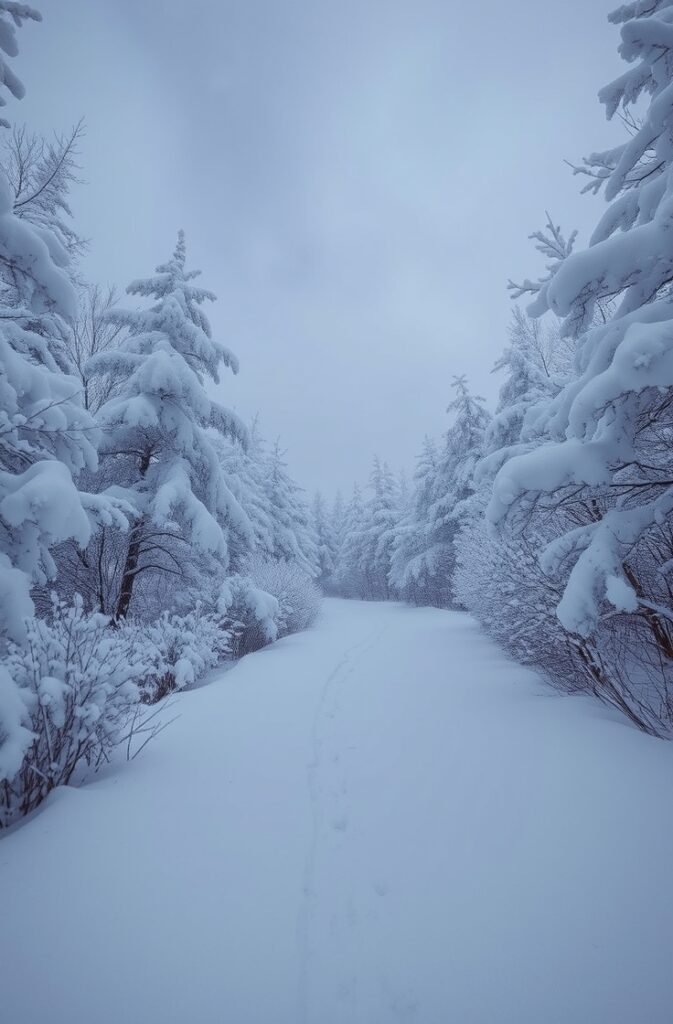
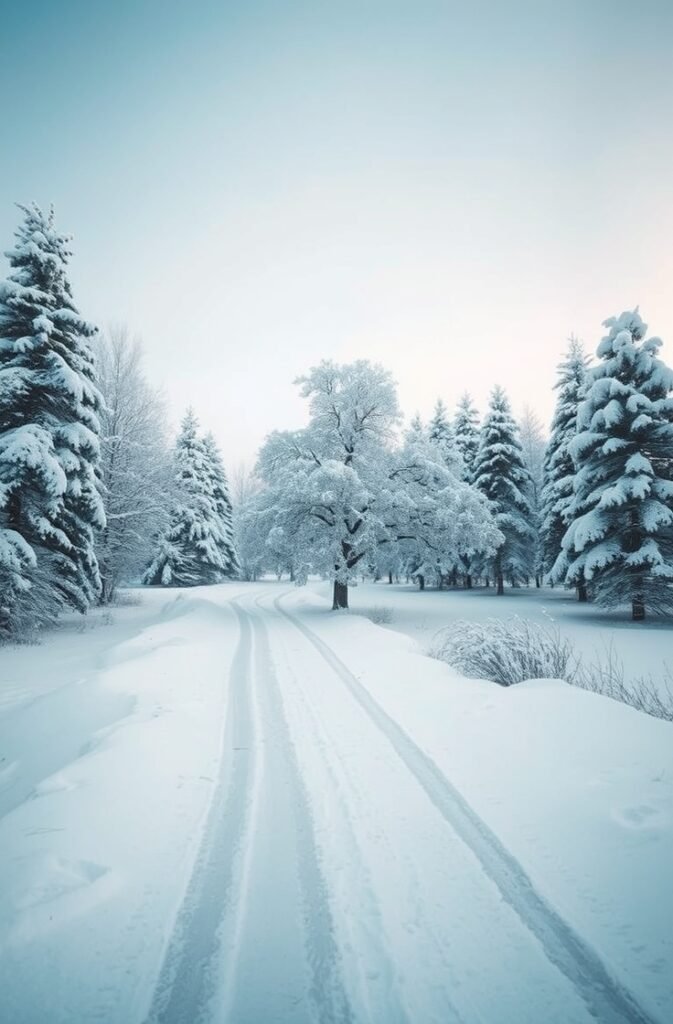
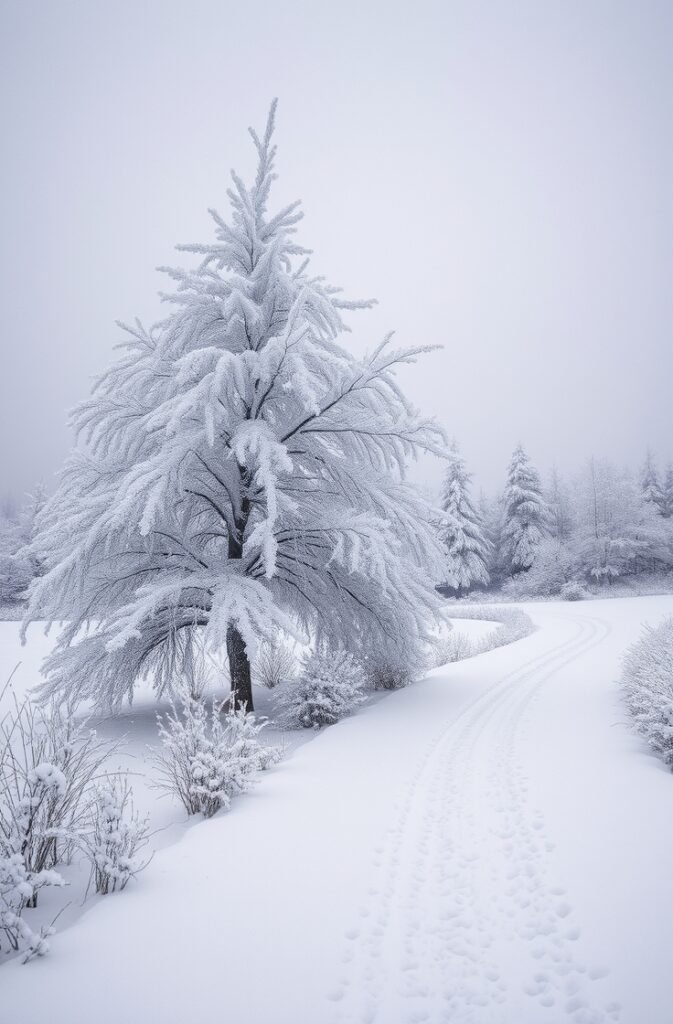
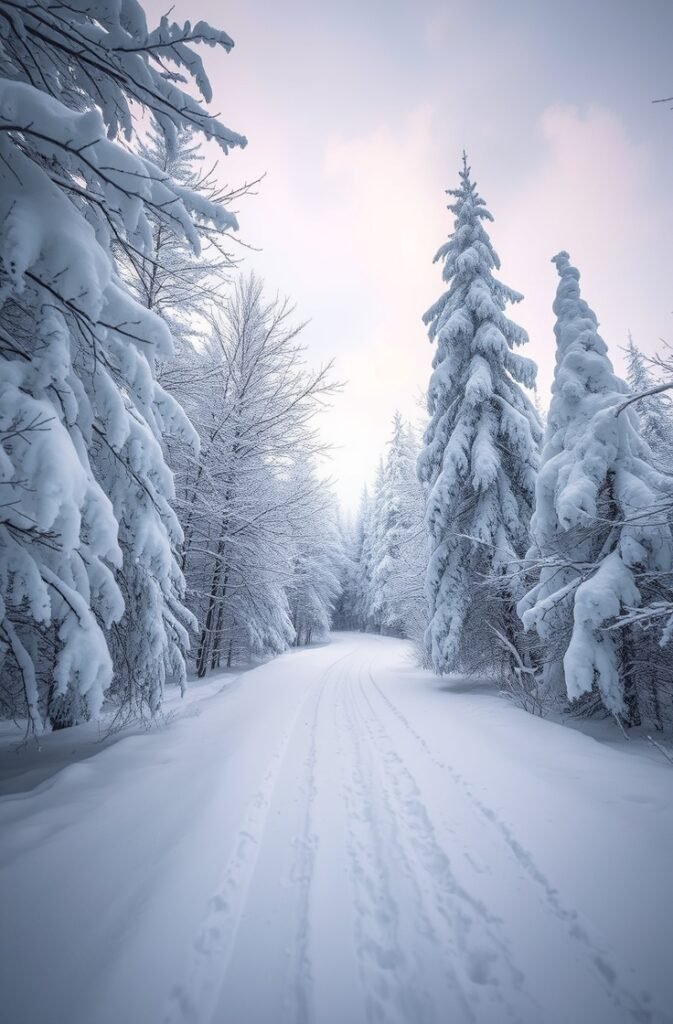
Balancing elements within a photograph is equally important, especially in winter photography where stark contrasts can be prevalent. One approach is to juxtapose the pristine white of the snow with darker elements, such as evergreen trees or a distant mountain. Placing these elements at strategic points in the frame can create harmony and interest. Additionally, including foreground elements helps establish a sense of scale and context. For instance, a cluster of twigs covered in frost in the foreground can add texture to the image while enhancing the overall snowy landscape theme.
Utilizing these composition techniques such as the rule of thirds, leading lines, and balancing elements can significantly enhance your winter landscape photography. By thoughtfully applying these principles, photographers can effectively capture the magic of snow and create compelling imagery that resonates with viewers.
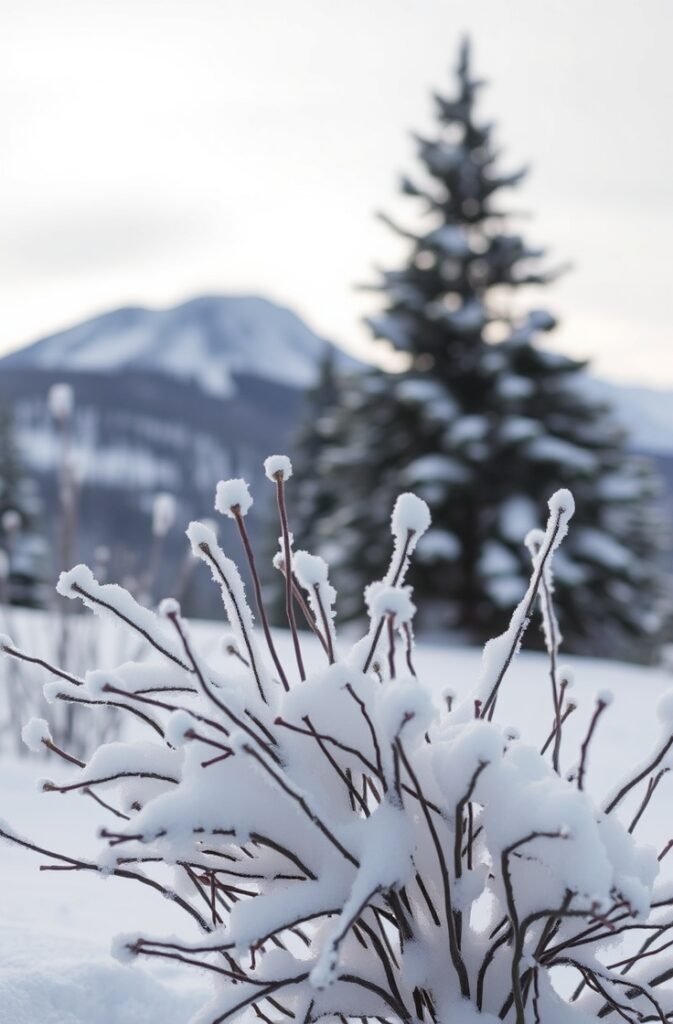

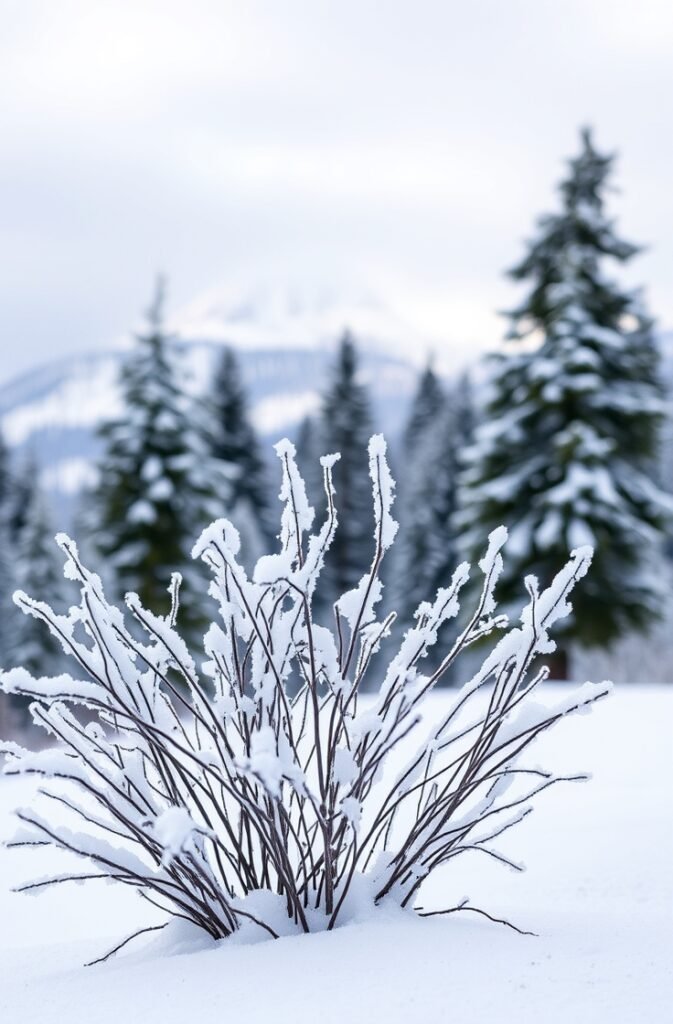
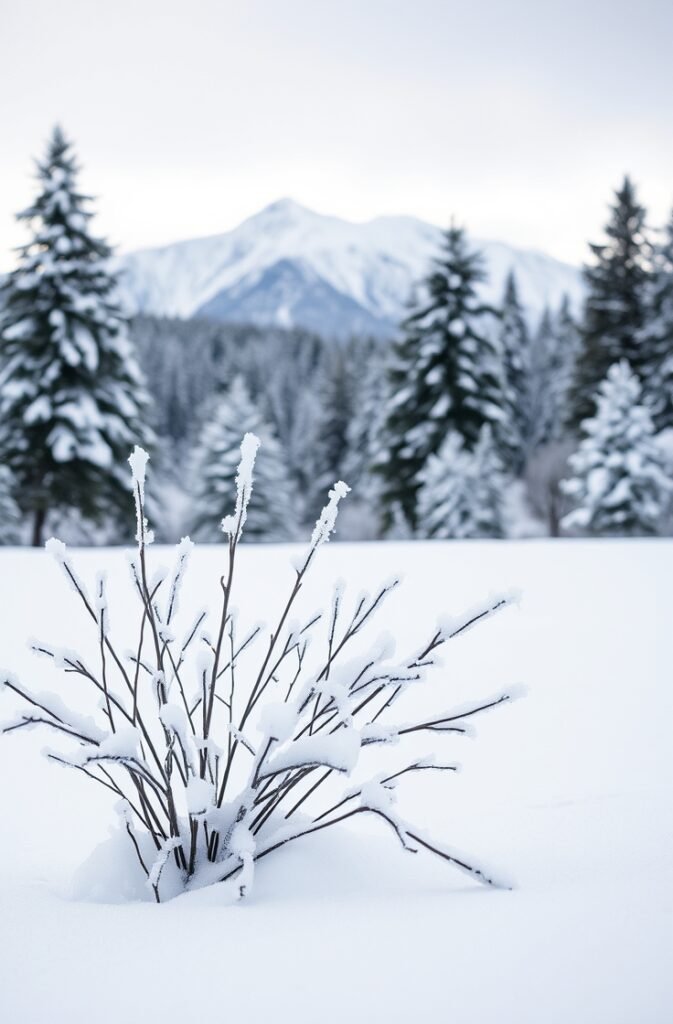
Incorporating Color in Winter Photography
Winter landscapes present a unique challenge for photographers aiming to capture the magic of snow while effectively incorporating color. The delicate balance of whites, blues, and darker shades in snowy environments can produce breathtaking images that evoke a sense of calm and purity. Understanding how to highlight subtle tones in snow is essential for achieving visually compelling results. Snow, while predominantly white, can exhibit a range of shades, from icy blues to warm golden hues during sunset, depending on the time of day and weather conditions.
One method to emphasize these subtle variations is to pay attention to contrasts. Evergreens, with their rich greens, can create a striking juxtaposition against the white snow, while clear blue skies or dramatic overcast can add depth and mood to the scene. This contrast not only highlights the freshness of the snow but also draws the viewer’s eye to the landscape’s natural beauty. Incorporating elements of color from the environment allows photographers to craft a more immersive experience, guiding the audience through the intricacies of winter scenery.

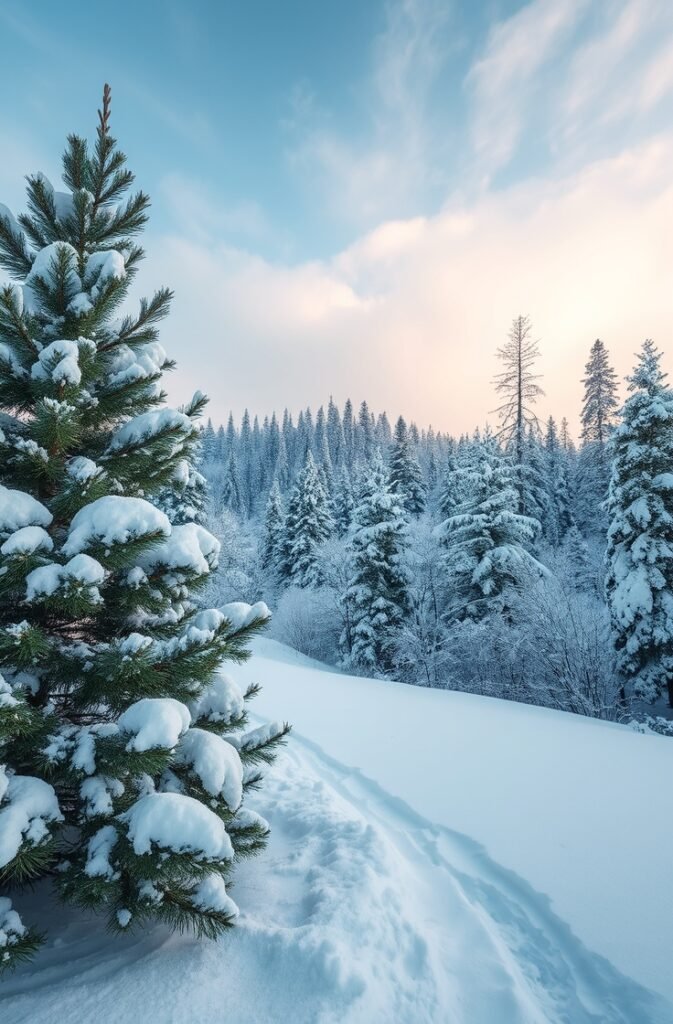
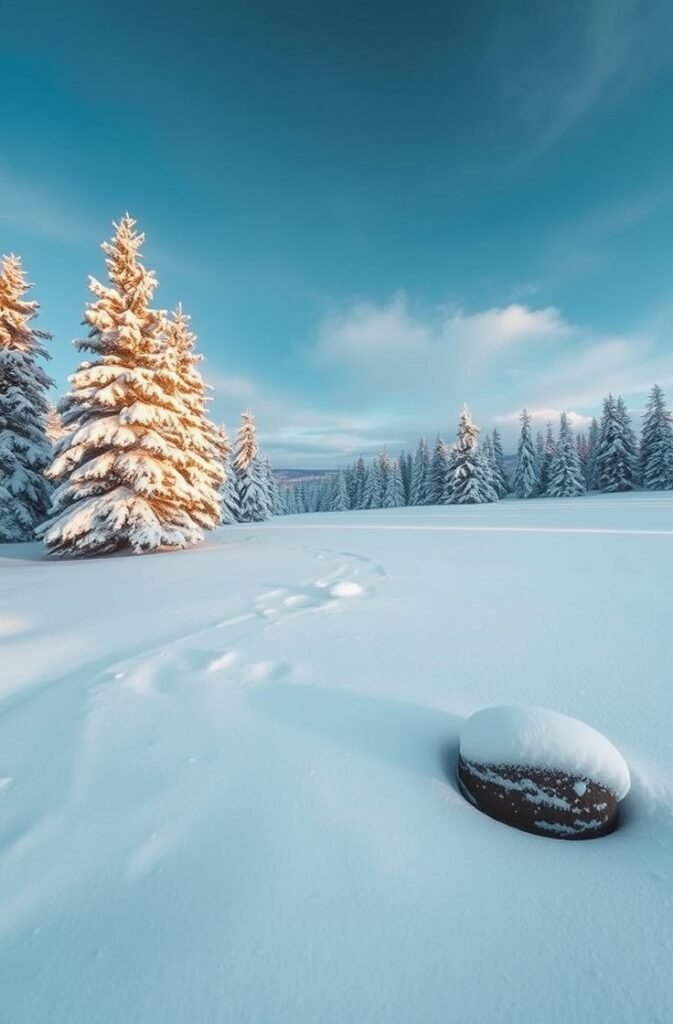
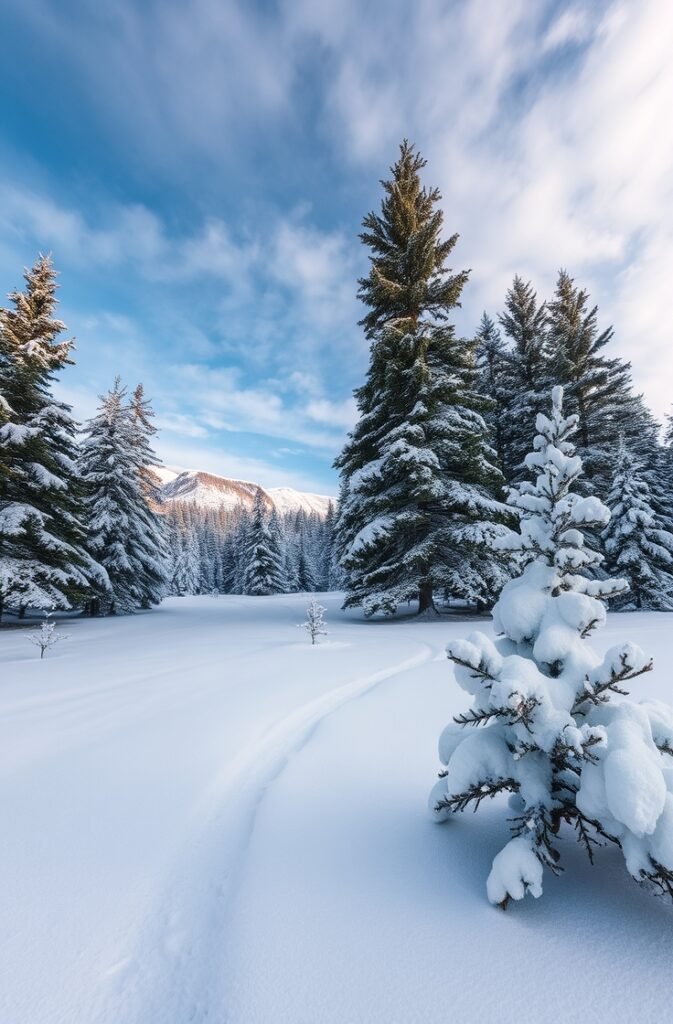
Edit your images with software such as Adobe Lightroom or Photoshop to enhance color while maintaining realism. Adjusting the saturation and vibrance of specific colors can help to amplify the colder hues typically found in winter, creating a balanced and appealing composition. Keep in mind the seasonal variations that can influence color palettes; for instance, the muted tones of early winter differ greatly from the bright, iridescent colors often observed during the late winter months when the sun reflects off the snow. By strategically using color and editing techniques, photographers can successfully capture the enchanting essence of winter landscapes.
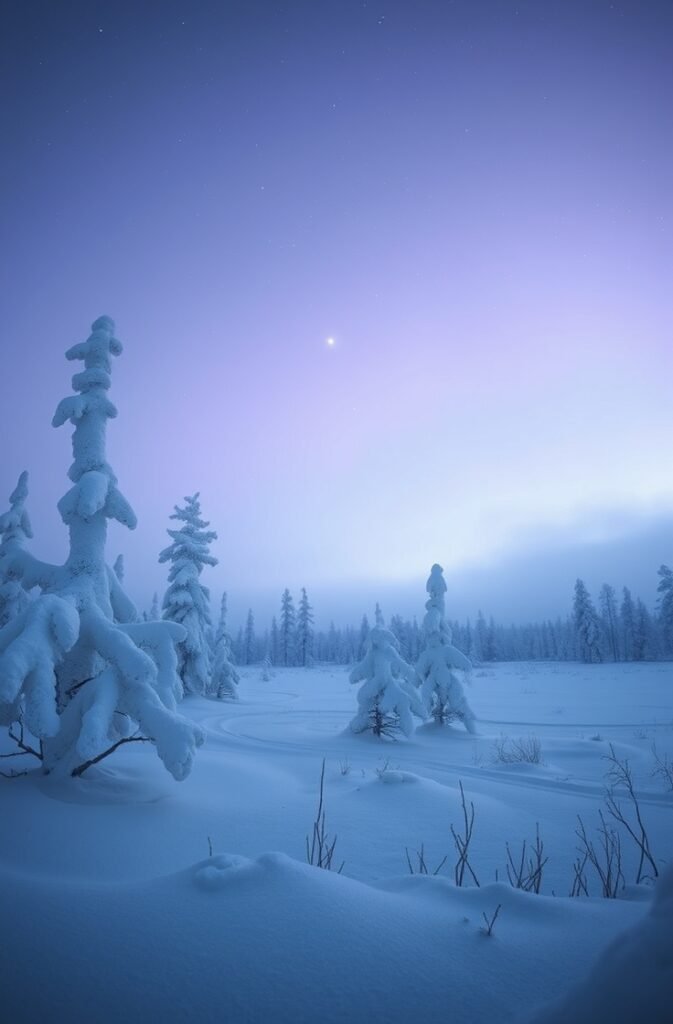
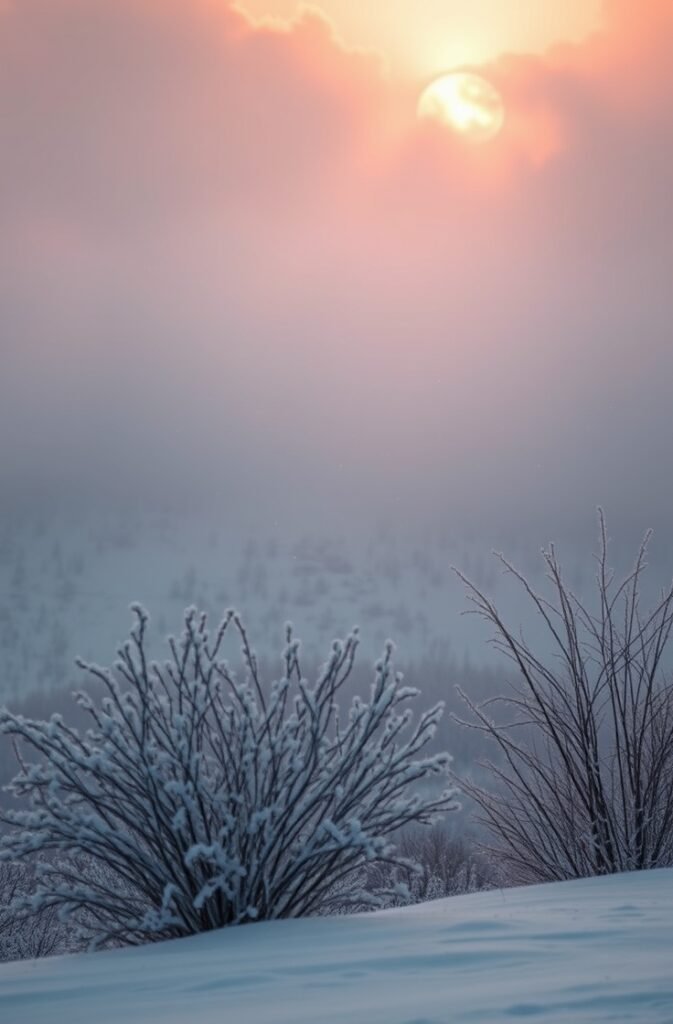
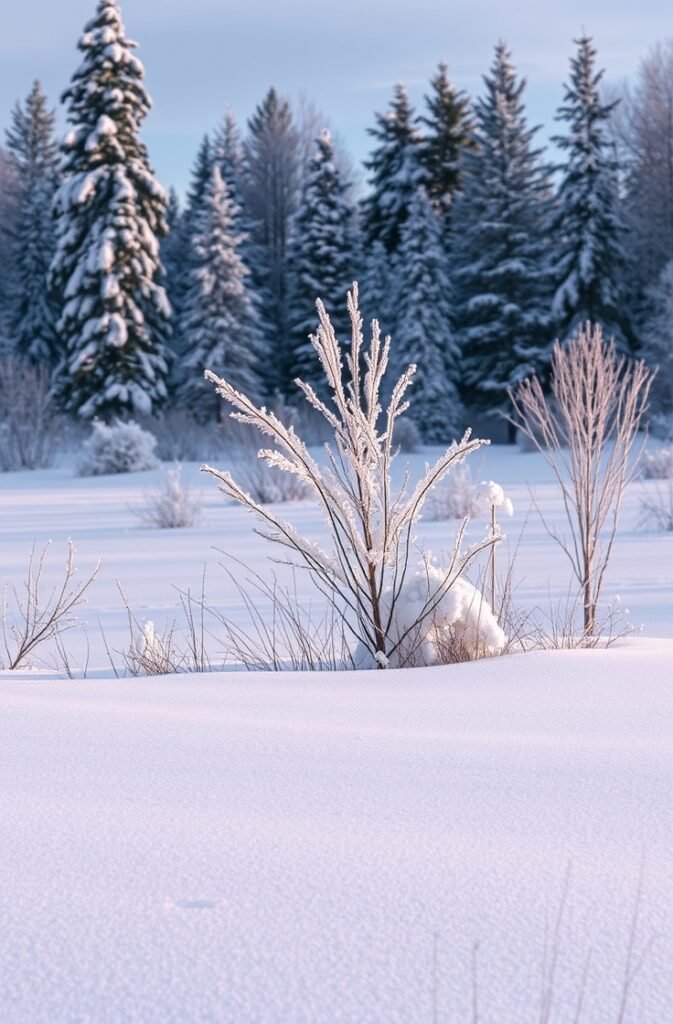
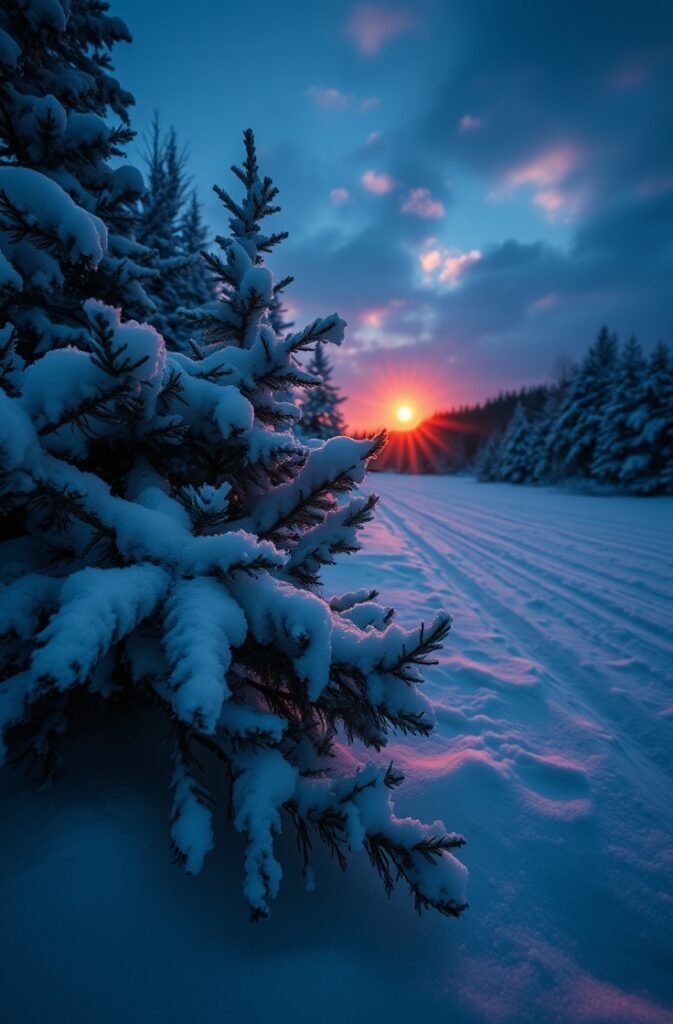
Techniques for Capturing Movement in Snow
Capturing the essence of movement within winter landscapes can profoundly enhance the storytelling aspect of your photographs. Movement can manifest in various forms, such as gently falling snowflakes, flowing streams, or roaming wildlife. To effectively convey this dynamism, understanding and manipulating shutter speed is crucial.
When photographing falling snow, a slower shutter speed (between 1/30 to 1/125 sec) can create a dreamy blur that emphasizes the motion of the snowfall while softening its edges. Conversely, if you are intending to freeze the snowflakes in action, consider a faster shutter speed of 1/500 sec or quicker. This will crisply capture the individual snowflakes, allowing their unique shapes to shine against the tranquil snowscape.
Panning is another technique that can suggest movement within your photographs. This method involves following a moving subject, such as a deer or an athlete, with your camera while using a slower shutter speed, ideally between 1/30 to 1/250 sec. The result should be a sharp subject against a beautifully blurred background that conveys speed and fluidity.
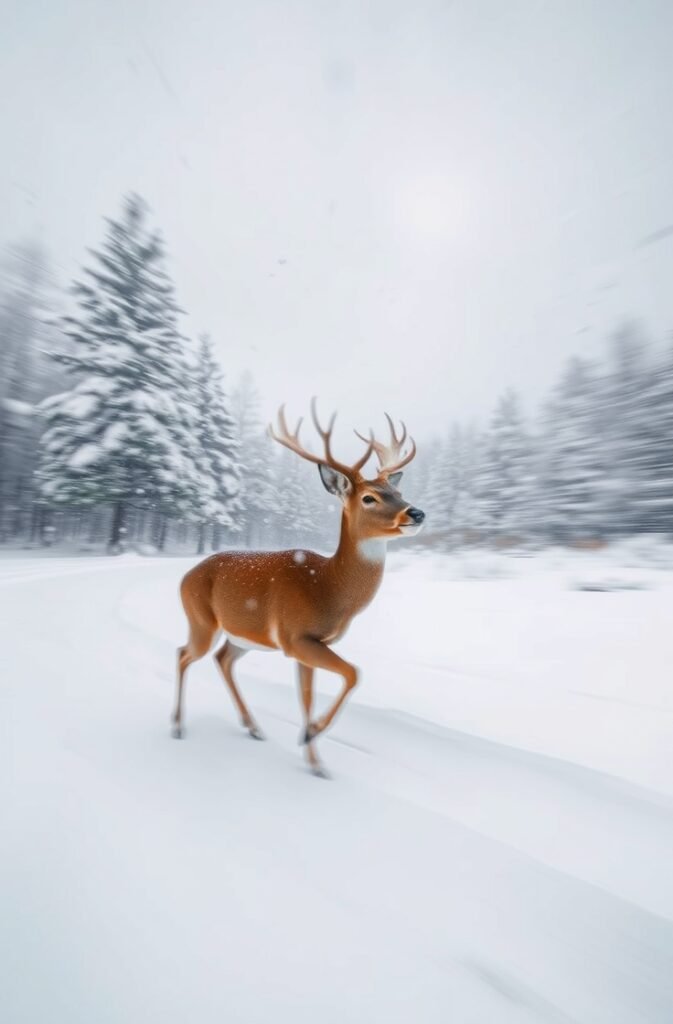

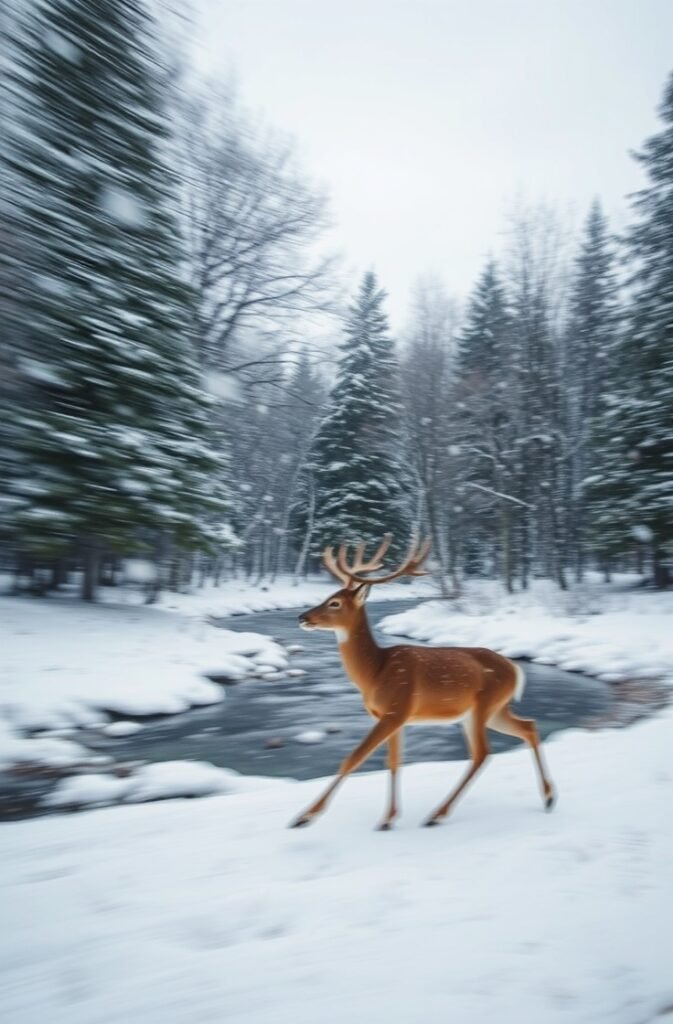
Weather Considerations for Winter Photography
Winter photography presents unique challenges and opportunities that are heavily influenced by weather conditions. Understanding how temperature variations, snow conditions, and sky types impact the photographic outcome is essential for capturing breathtaking winter landscapes. Photographers must be well-prepared to adapt to the unpredictable nature of winter weather.
Temperature plays a critical role in winter photography, as both extreme cold and milder temperatures can affect equipment performance and battery life. Cold weather can cause batteries to drain more quickly, so it is advisable to carry spares and keep them warm in pockets or insulated cases. Moreover, photographers should consider the implications of condensation and moisture on their gear when transitioning between cold and warm environments. To prevent damage, it is prudent to allow equipment to acclimate gradually.
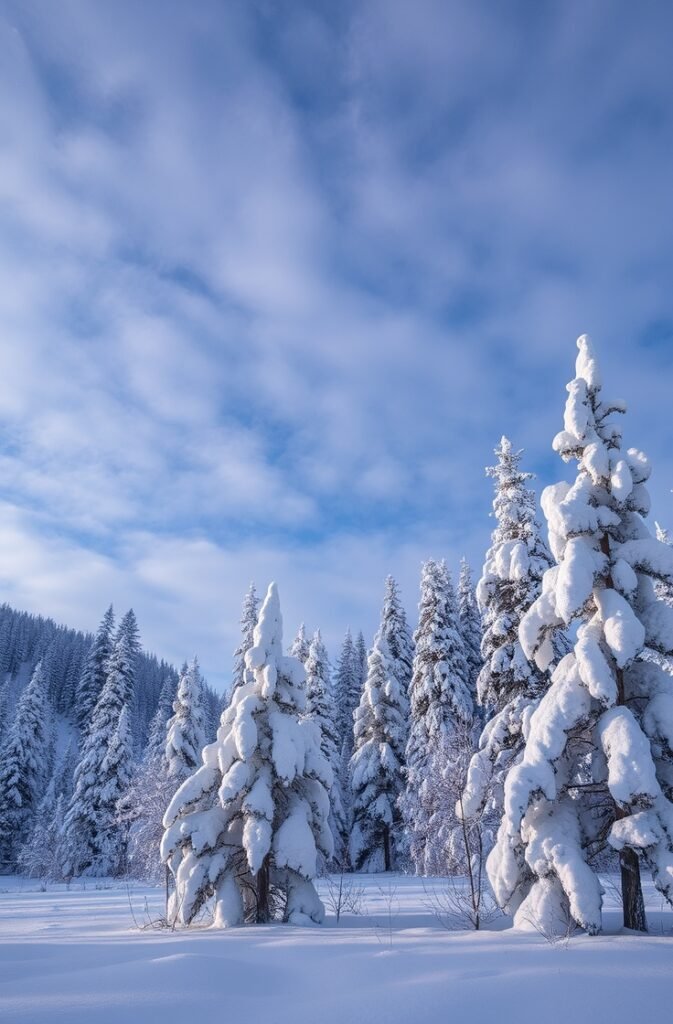
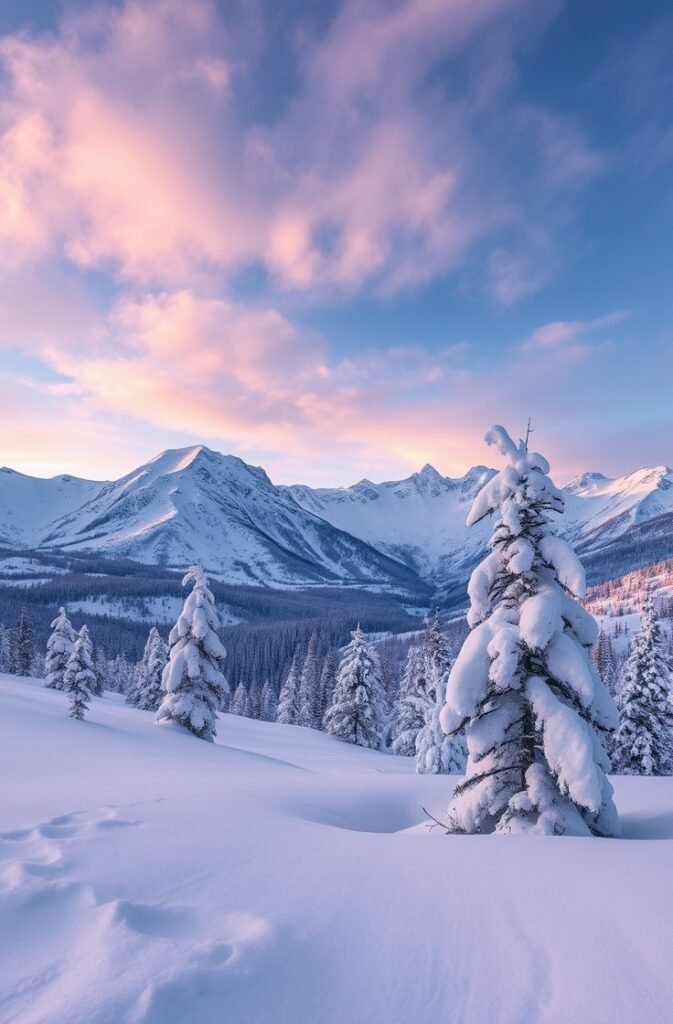
Snow conditions can vary significantly, impacting not only the aesthetic appeal of the landscape but also the texture and detail captured in photographs. Fresh, untouched snow often provides a pristine environment ideal for dynamic contrast in image composition. However, photographers should be aware that melting or dirty snow can detract from the overall quality of images. Tracking weather patterns and monitoring recent snowfall can help in scouting the best locations for captivating snow photography.
The quality of light is another crucial element, often dictated by the sky conditions. Overcast skies can produce soft, diffused light that minimizes harsh shadows and brings out subtle details in the snowy landscape. Conversely, sunny conditions can create striking contrasts and vibrant colors, but may also lead to glare and blown-out highlights. Photographers should consider the time of day and the angle of sunlight to enhance their compositions effectively. By taking into account these weather considerations, photographers can optimize their winter photography sessions to achieve stunning results.
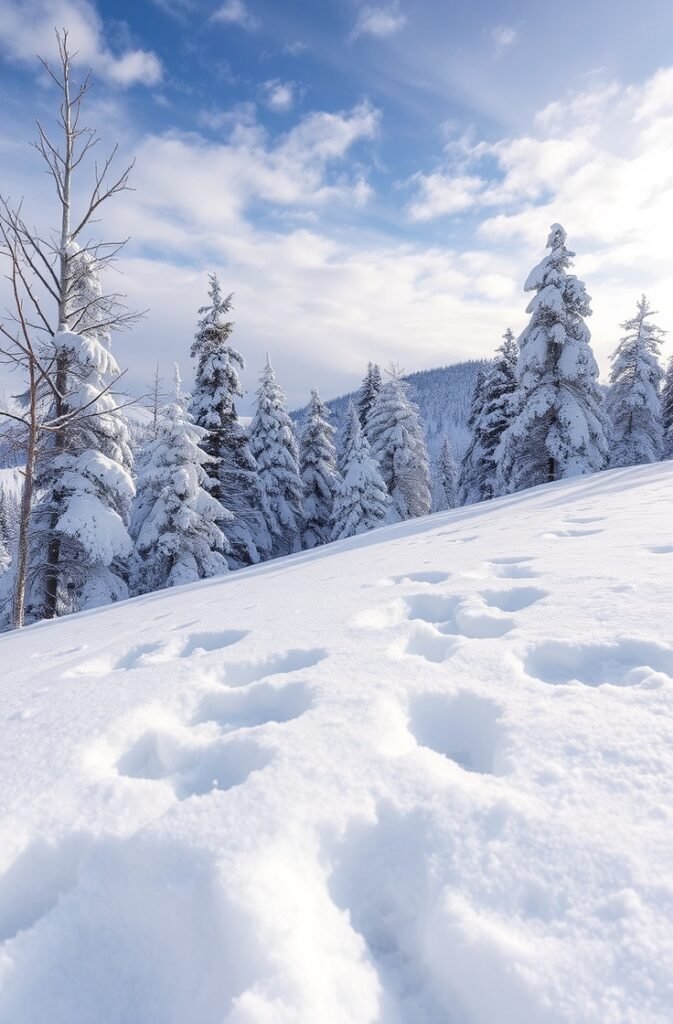
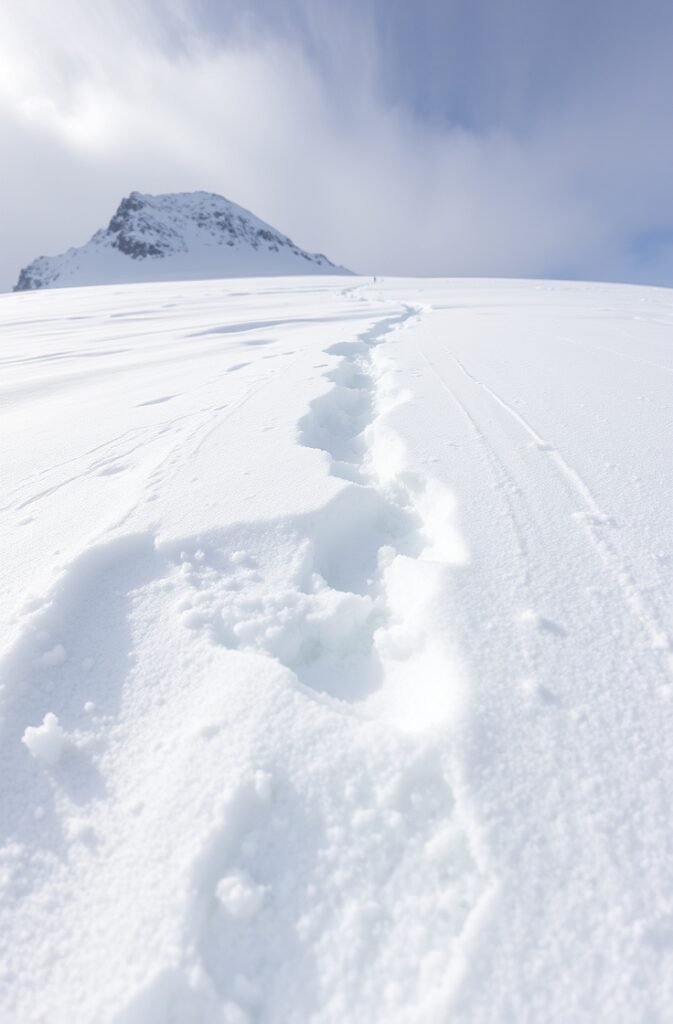
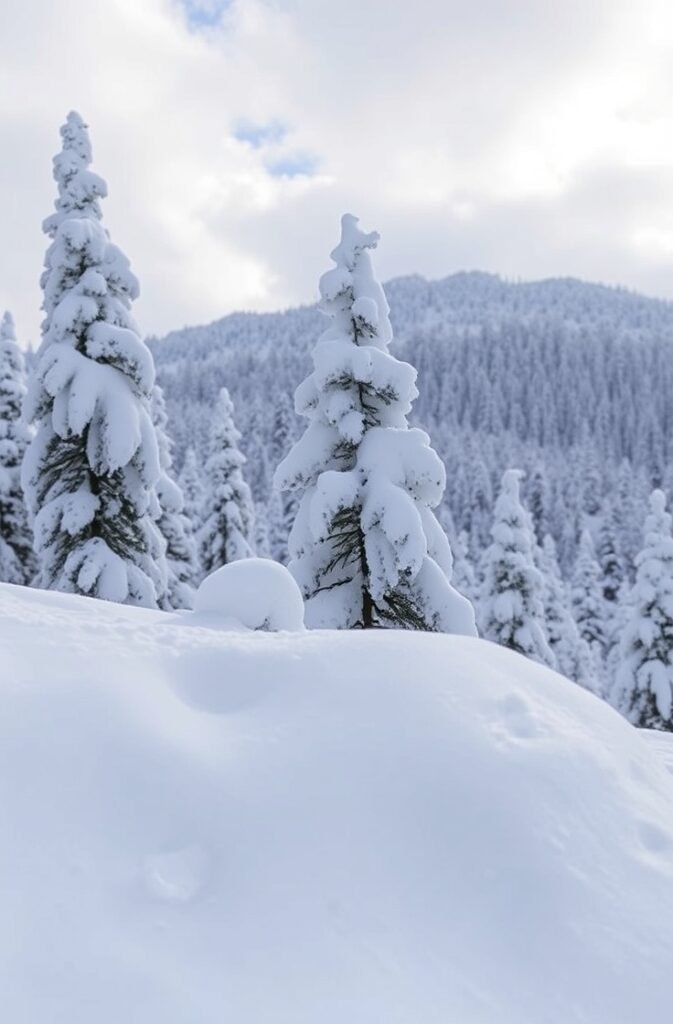
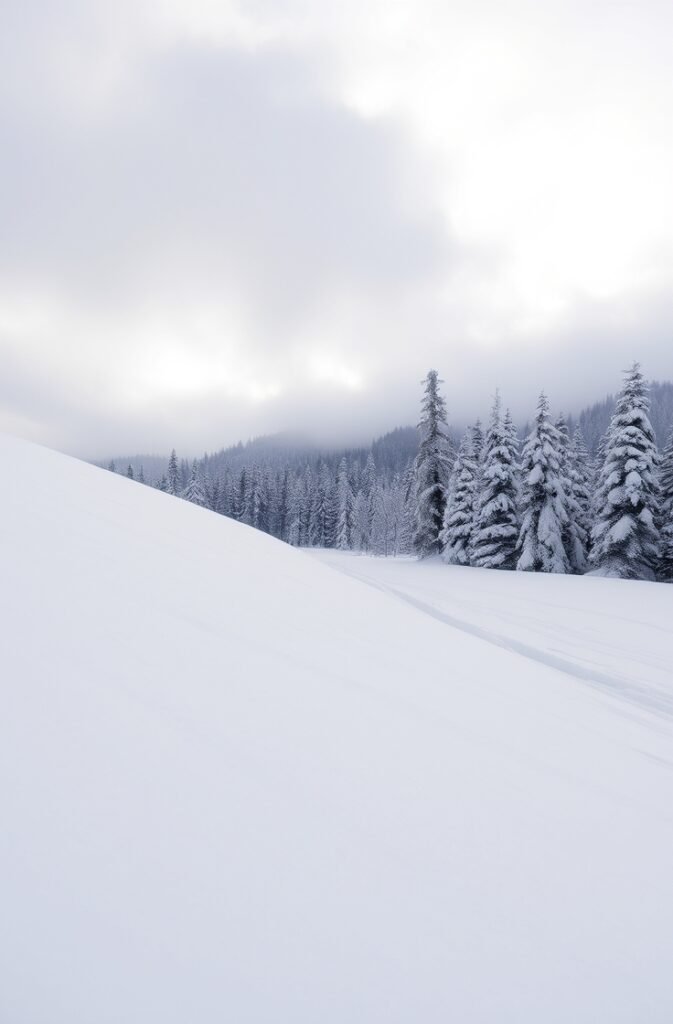
Post-Processing Techniques for Winter Images
Post-processing is a vital step in enhancing winter landscape photography. With the unique challenges posed by snowy scenes, photographers often turn to editing software to refine their images. Popular options include Adobe Lightroom, Photoshop, and Capture One, each offering an array of tools tailored for photo editing. These programs allow photographers to make crucial adjustments that can significantly enhance the capture of winter’s beauty.
One of the most common adjustments needed for winter photos is exposure correction. Snow has a high reflectivity that can result in overexposed images, washing out details in highlights. In such cases, adjusting exposure can restore balance, allowing for richer textures and more accurate representation. Additionally, monitoring and adjusting the histogram can help guide exposure settings during both capturing and editing phases.
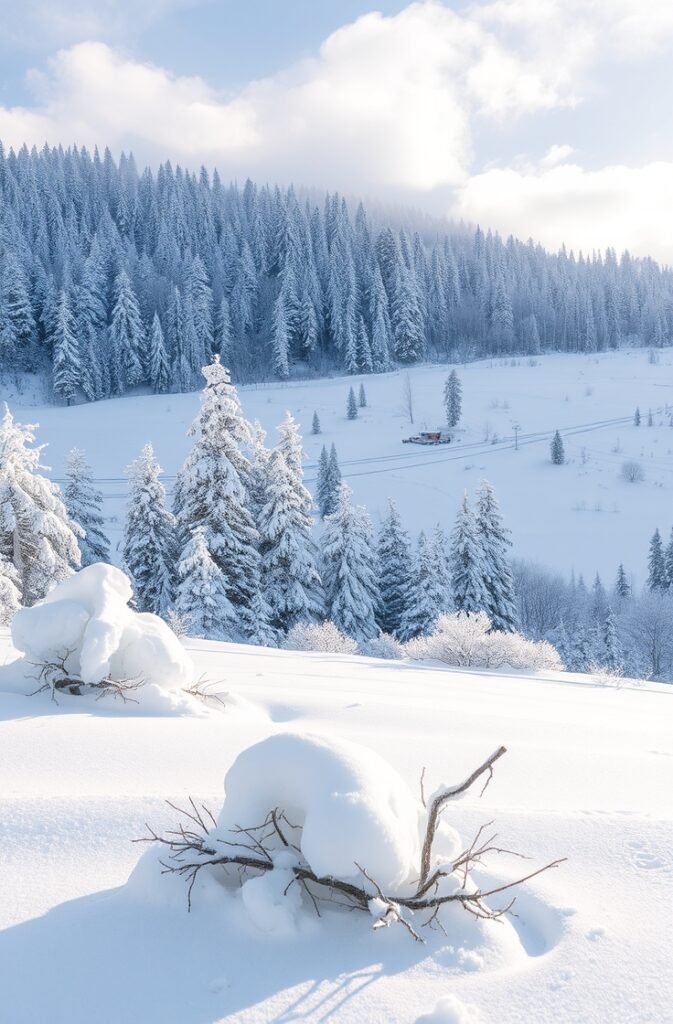
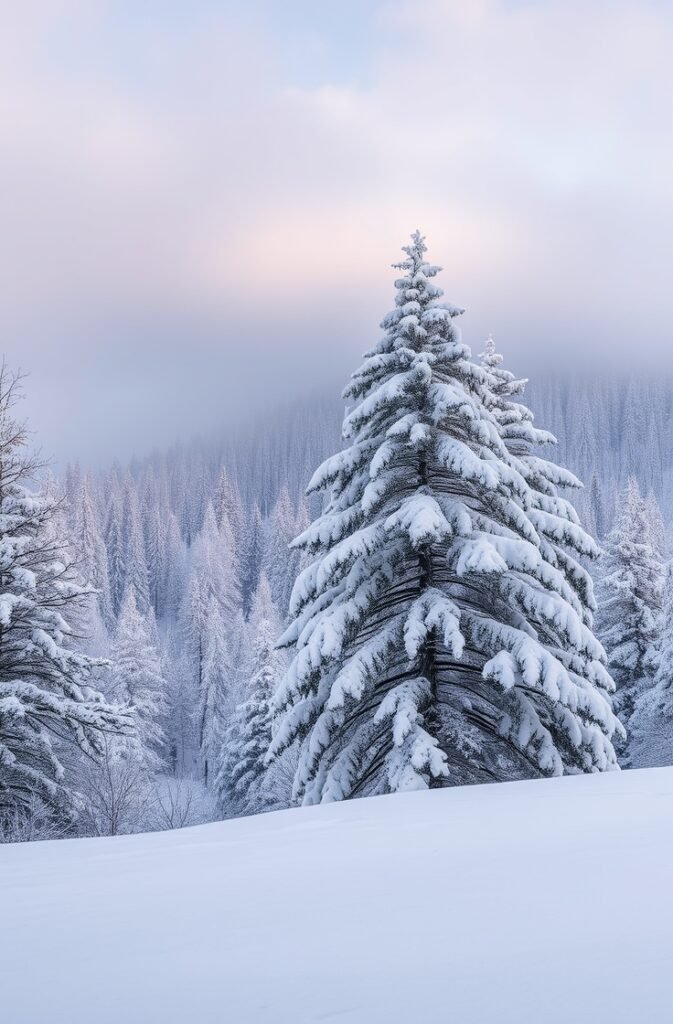

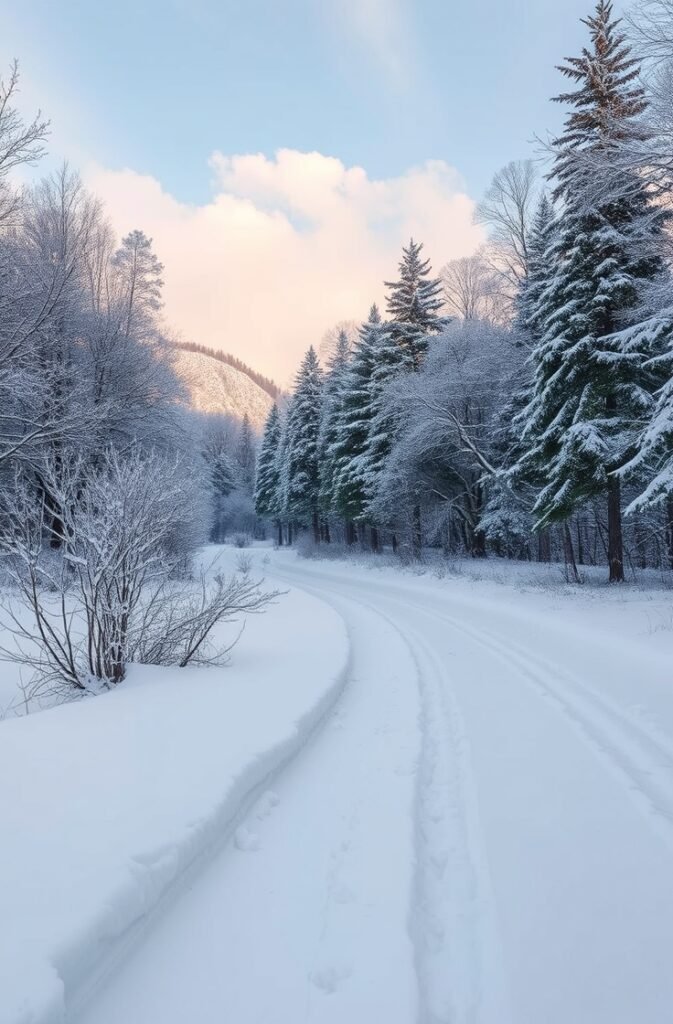
White balance is another essential adjustment in winter photography. The blue tones in shadows and the warmer hues of sunlight can create a complex color palette. Correcting the white balance ensures that the snowy areas maintain their pristine appearance without undesired color casts. Using the eyedropper tool in editing software to sample gray elements in the scene can provide a solid starting point for achieving accurate coloring.
Moreover, contrast adjustments can bring depth and dimension to winter landscapes. Enhancing contrast between the white snow and darker elements, such as trees and rocks, can create a striking separation that guides the viewer’s eye through the image. It is essential, however, to maintain the integrity of the scene; over-processing can lead to unnatural results.
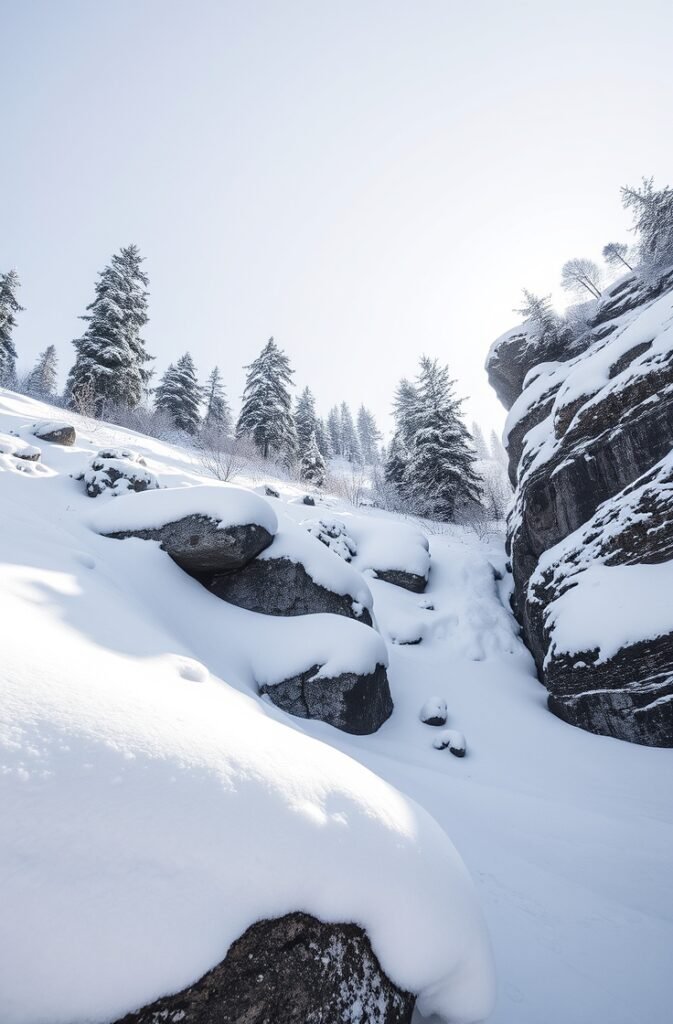
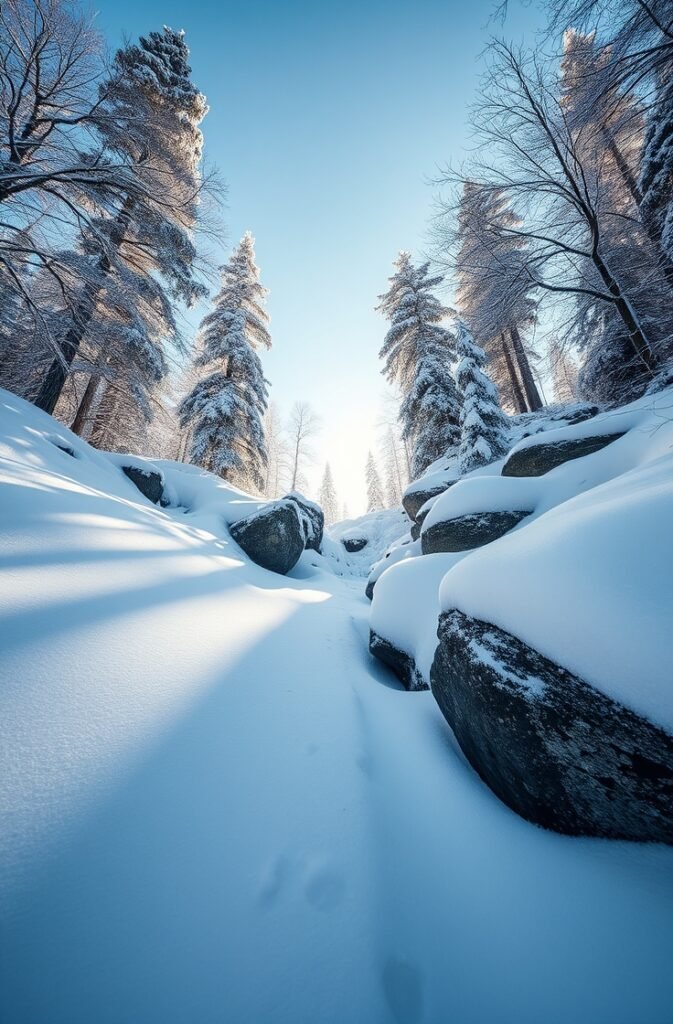
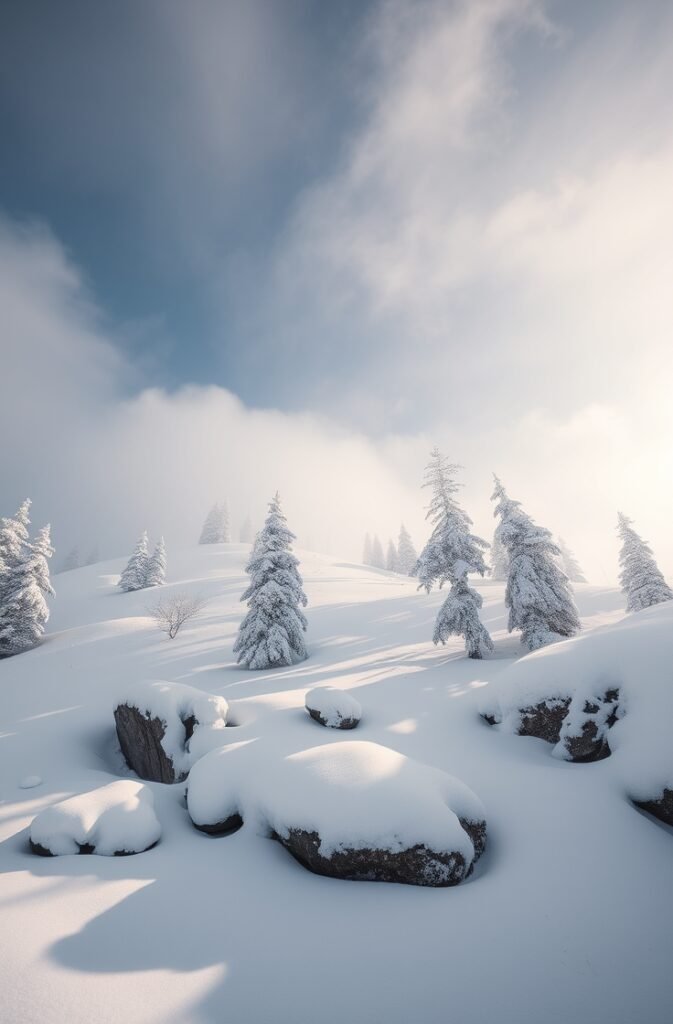

Ultimately, the goal of post-processing in winter photography is to elevate the image while preserving the magical essence of snow-covered landscapes. Each adjustment should be made thoughtfully, ensuring that the final piece remains an authentic representation of the winter scene captured through the lens.
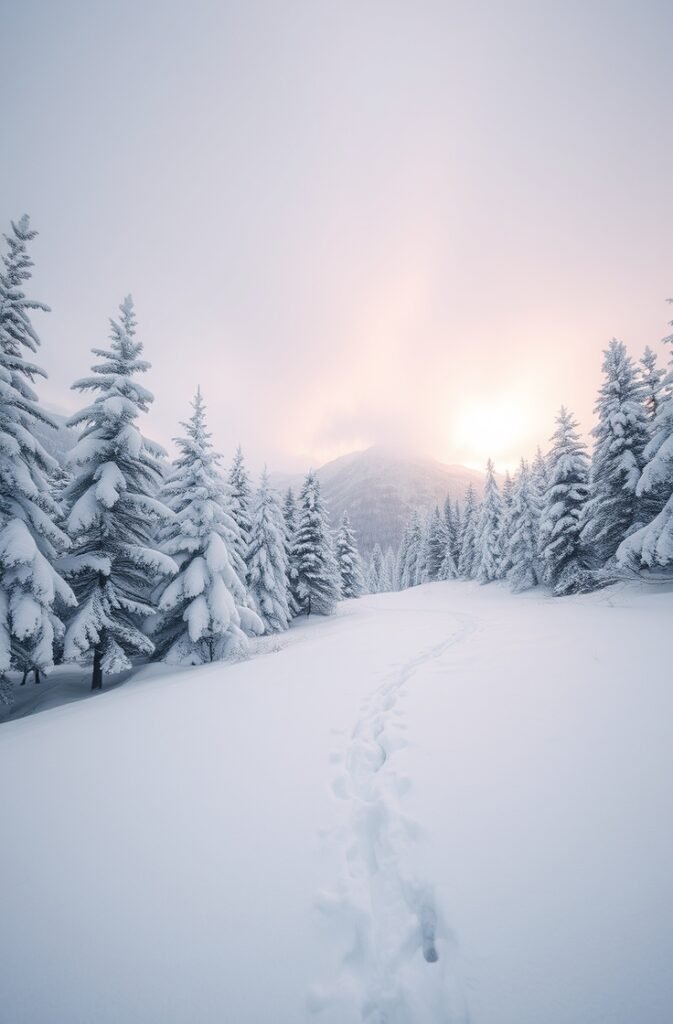
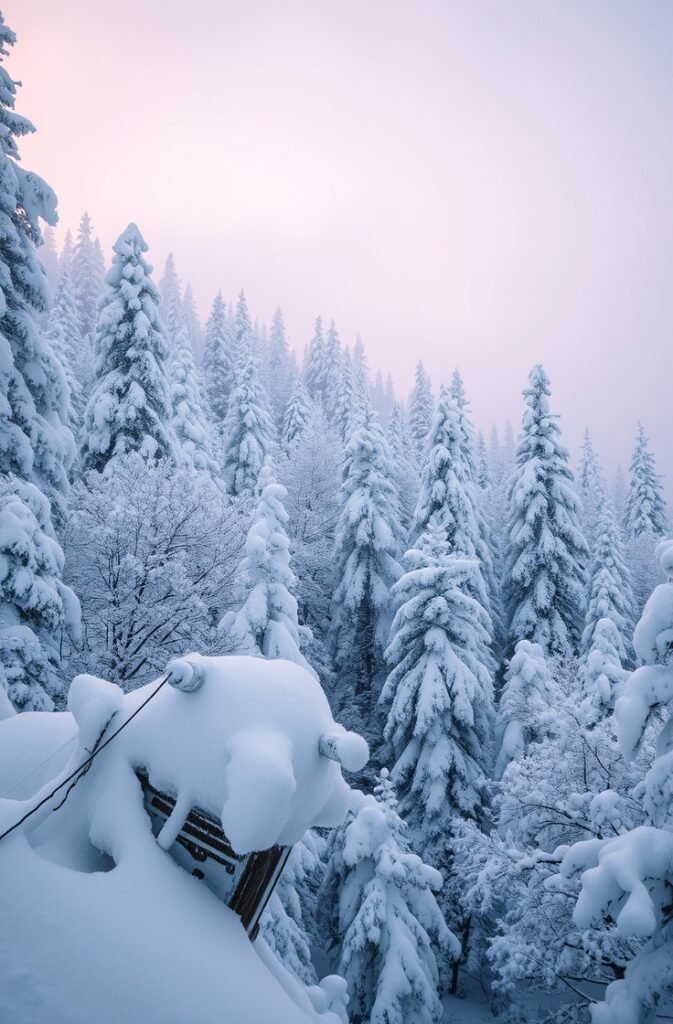
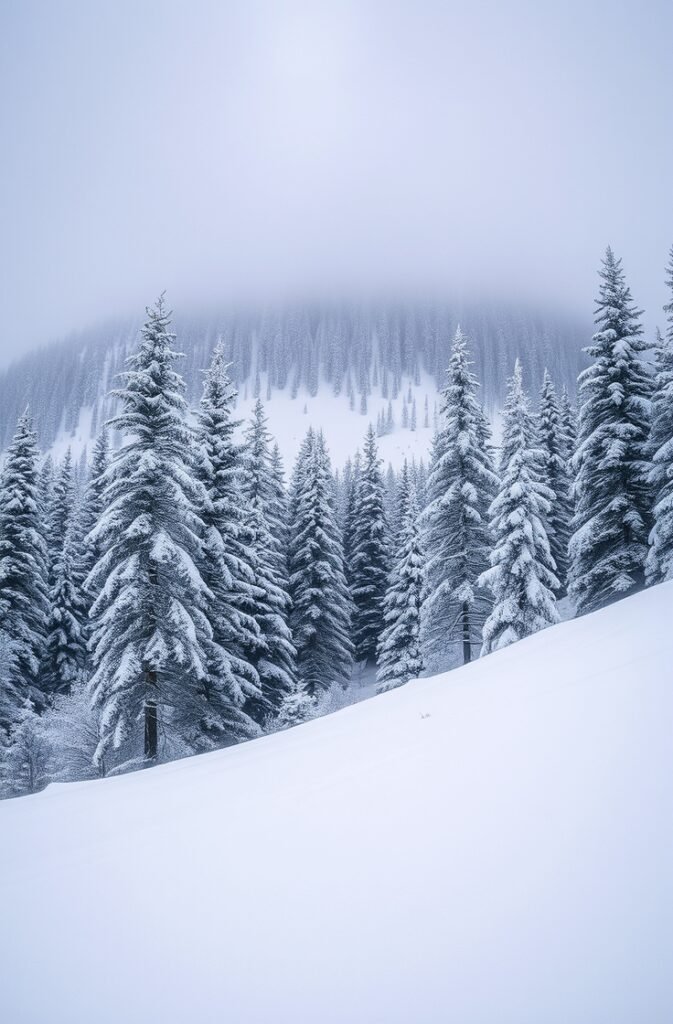
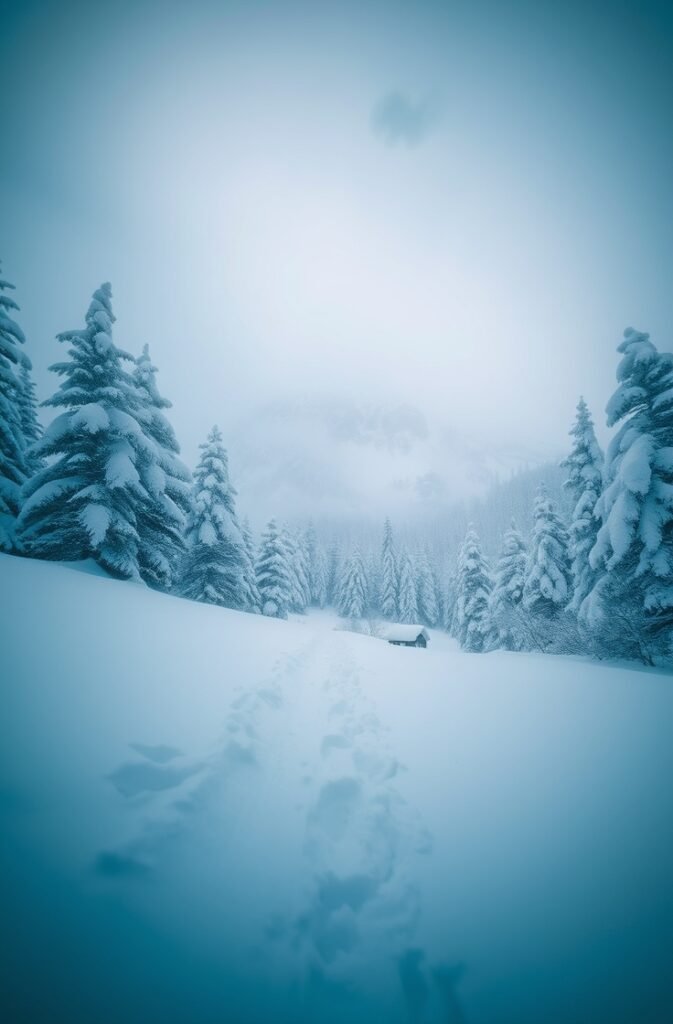
Conclusion: Embracing the Beauty of Winter Landscapes
Winter landscapes present a unique tapestry of challenges and rewards for photographers. Throughout this guide, we have explored the essential techniques for capturing the serene beauty of snow-covered environments. From understanding the intricacies of exposure and lighting to mastering composition amidst the delicate interplay of white and shadow, each aspect plays a vital role in achieving stunning winter images.
One of the primary highlights of winter photography is the ability to showcase the enchanting transformation of familiar terrains into breathtaking winter wonderlands. The fresh layer of snow acts as a natural reflector, enhancing light and creating striking contrasts, which can result in ethereal photographs that evoke feelings of tranquility and awe. It is important for photographers to embrace the unique qualities inherent in winter, such as the soft ambient light that can often grace early mornings or late afternoons.
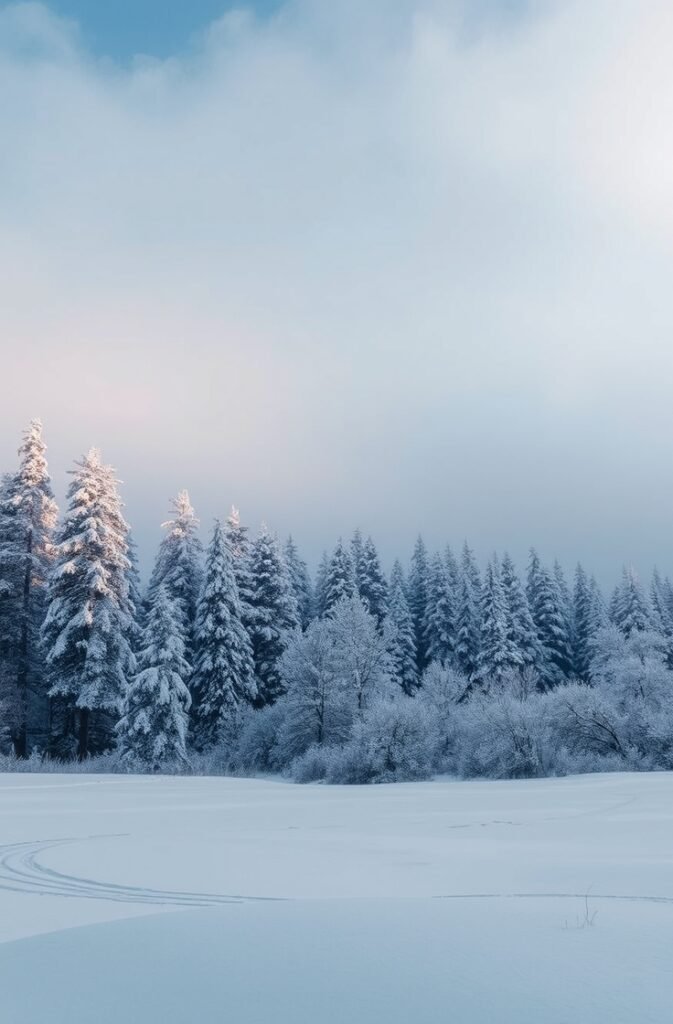
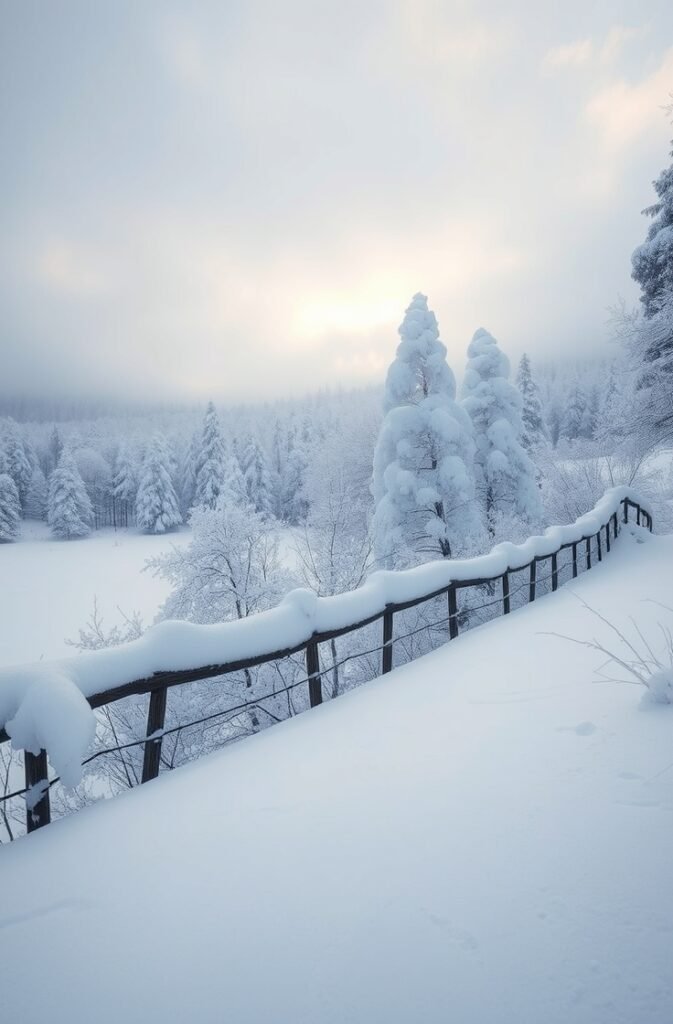
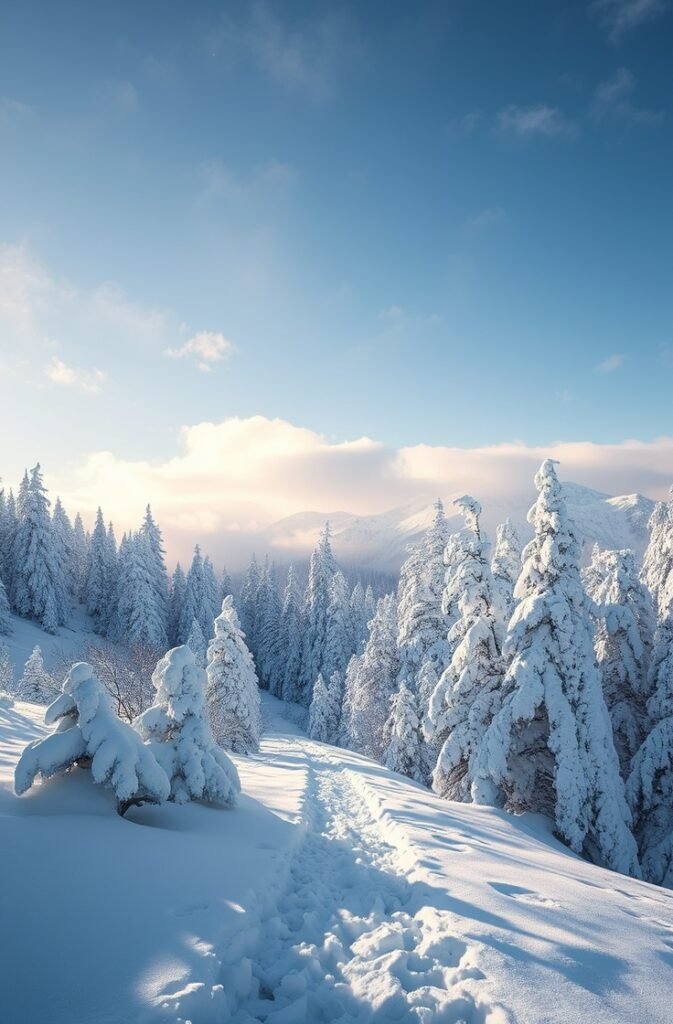
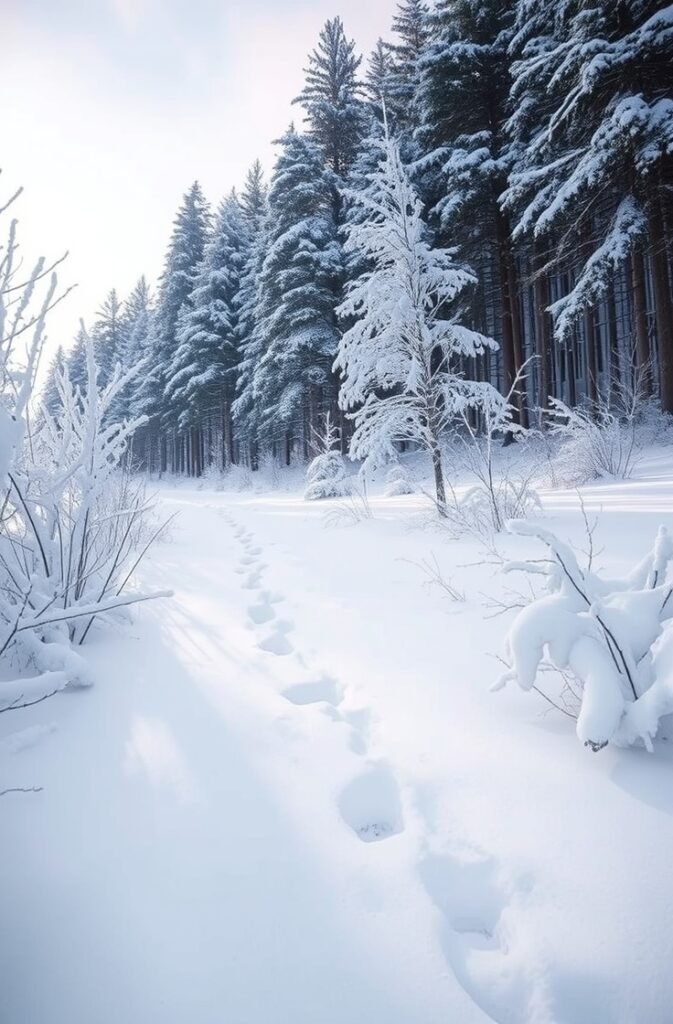
As photographers venture into the wintry outdoors, they should remember to be mindful of the colder temperatures and adjust their gear accordingly to prevent any equipment-related issues. Properly preparing oneself for the harsh conditions—such as dressing warmly and utilizing weather-sealed gear—can ensure a more enjoyable experience while capturing the scenic beauty of snow-draped landscapes.
In essence, winter landscape photography is not merely about depicting the cold but celebrating the invigorating beauty that this season brings. Let this guide inspire you to step outside during the cold months, armed with both new insights and your camera, to embrace the magic of winter. Each click of the shutter holds the potential to reveal a unique story within the landscape’s icy embrace, encouraging you to explore and immerse yourself in the serene wonders of snow-filled vistas.
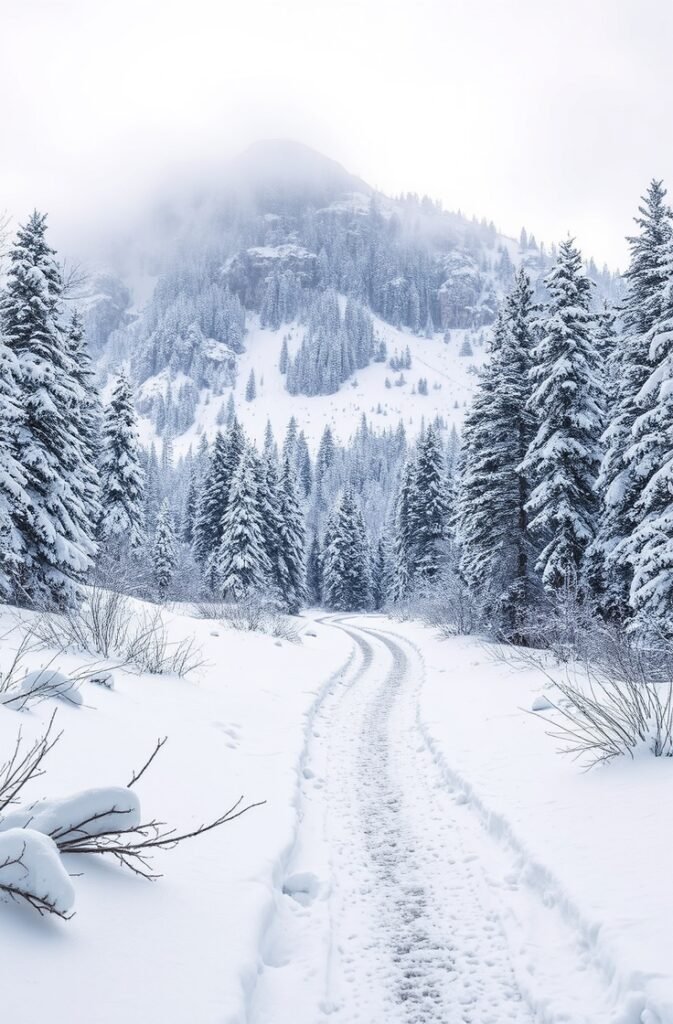
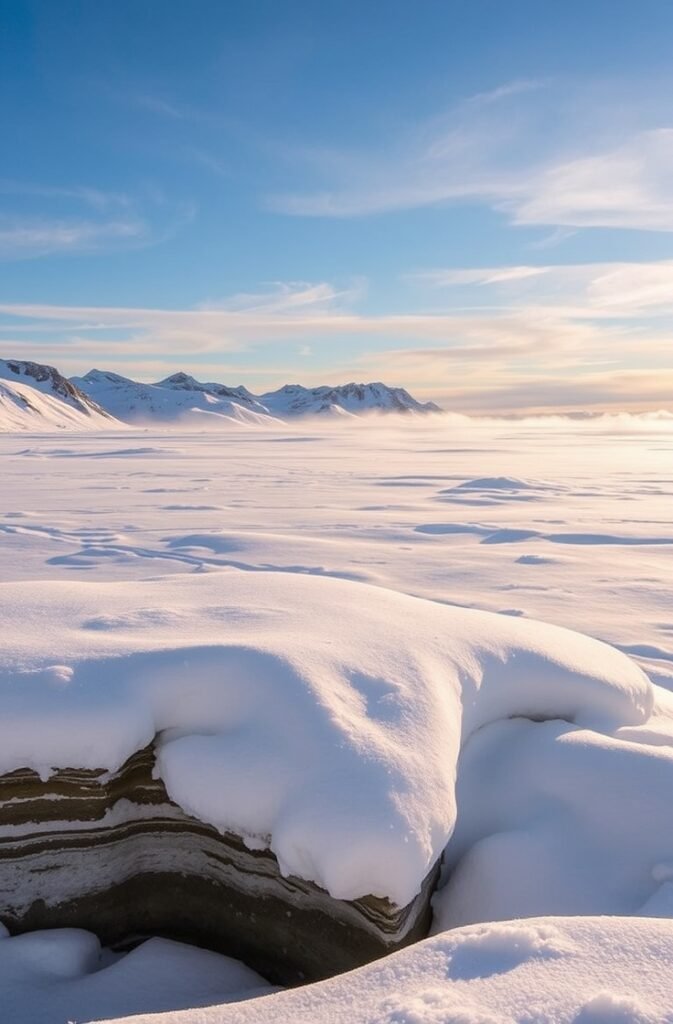
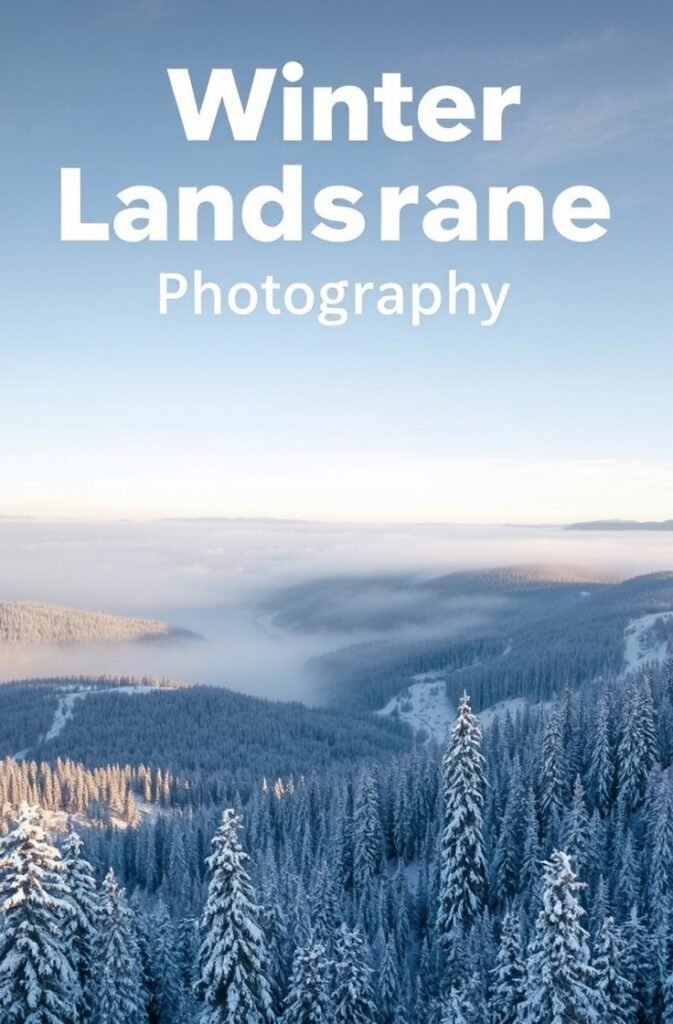
RELATED POSTS
View all

